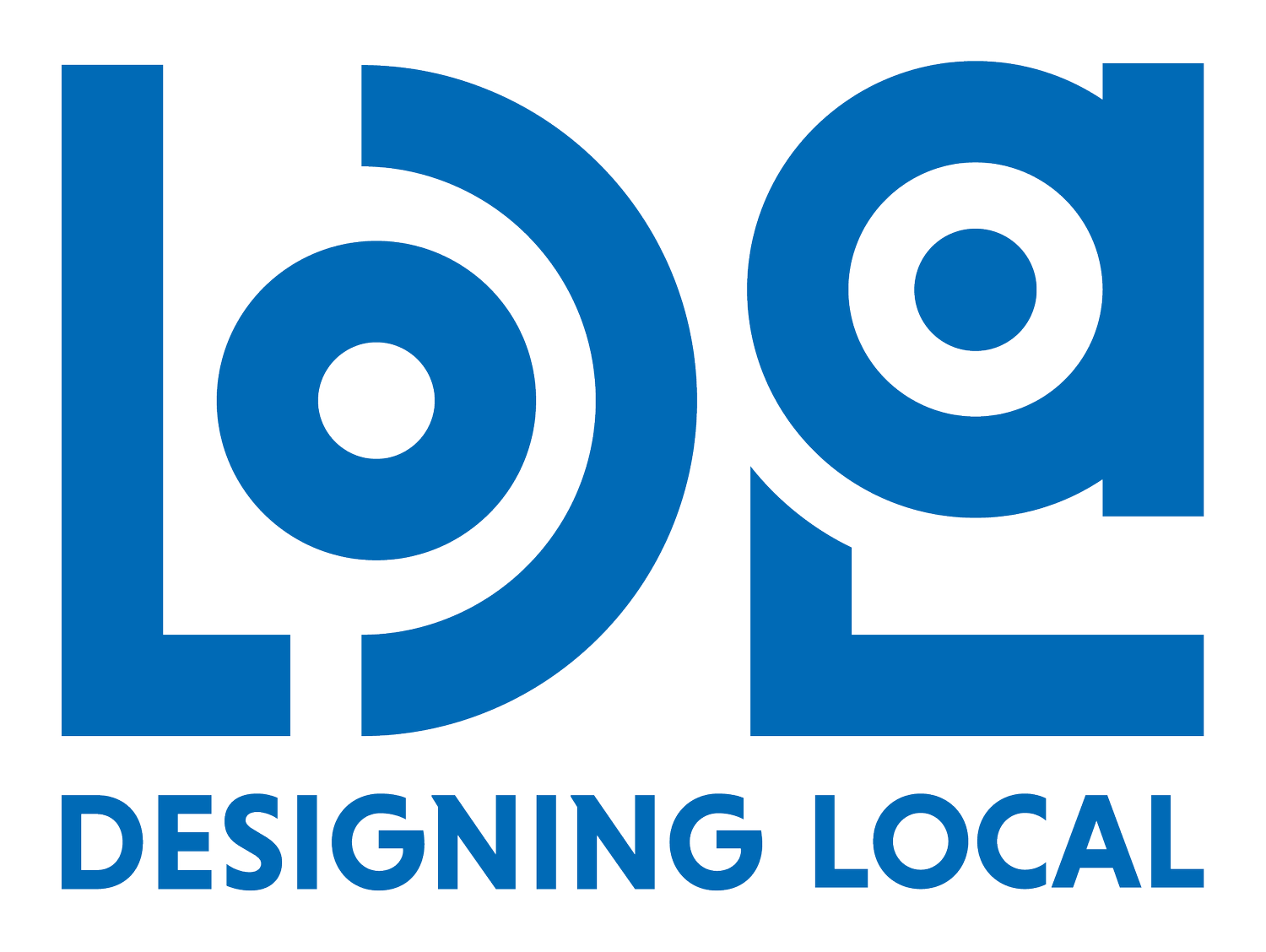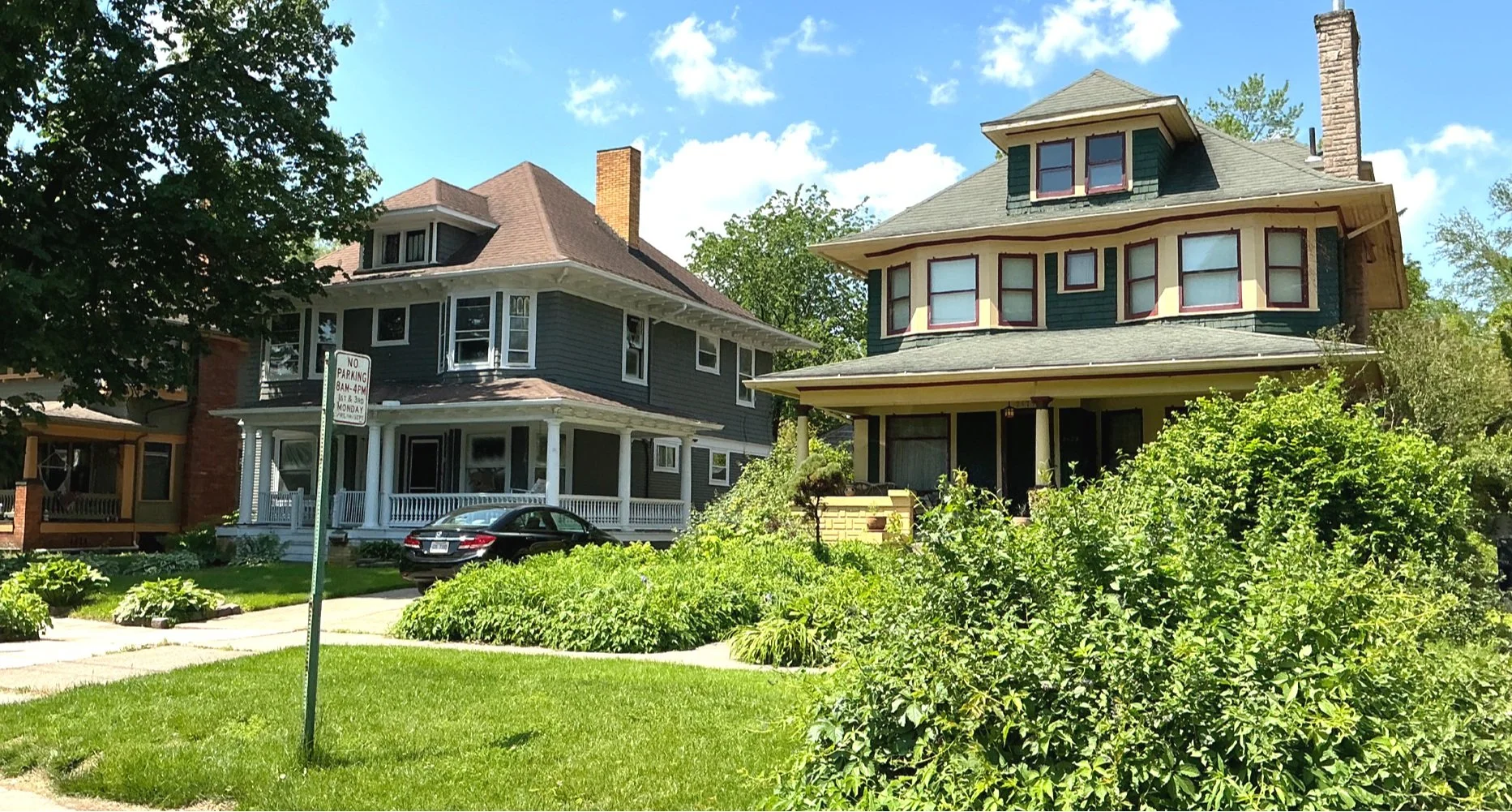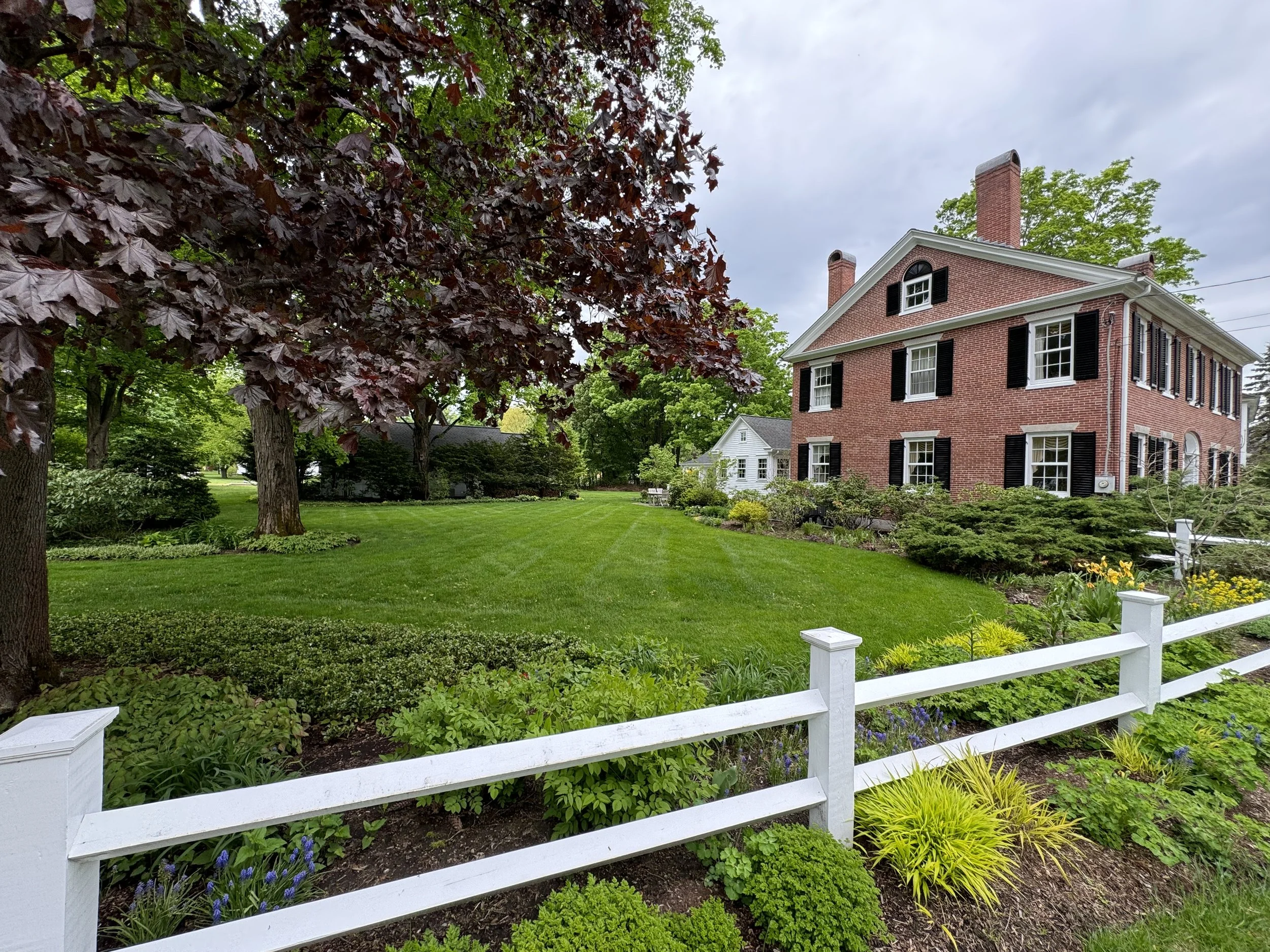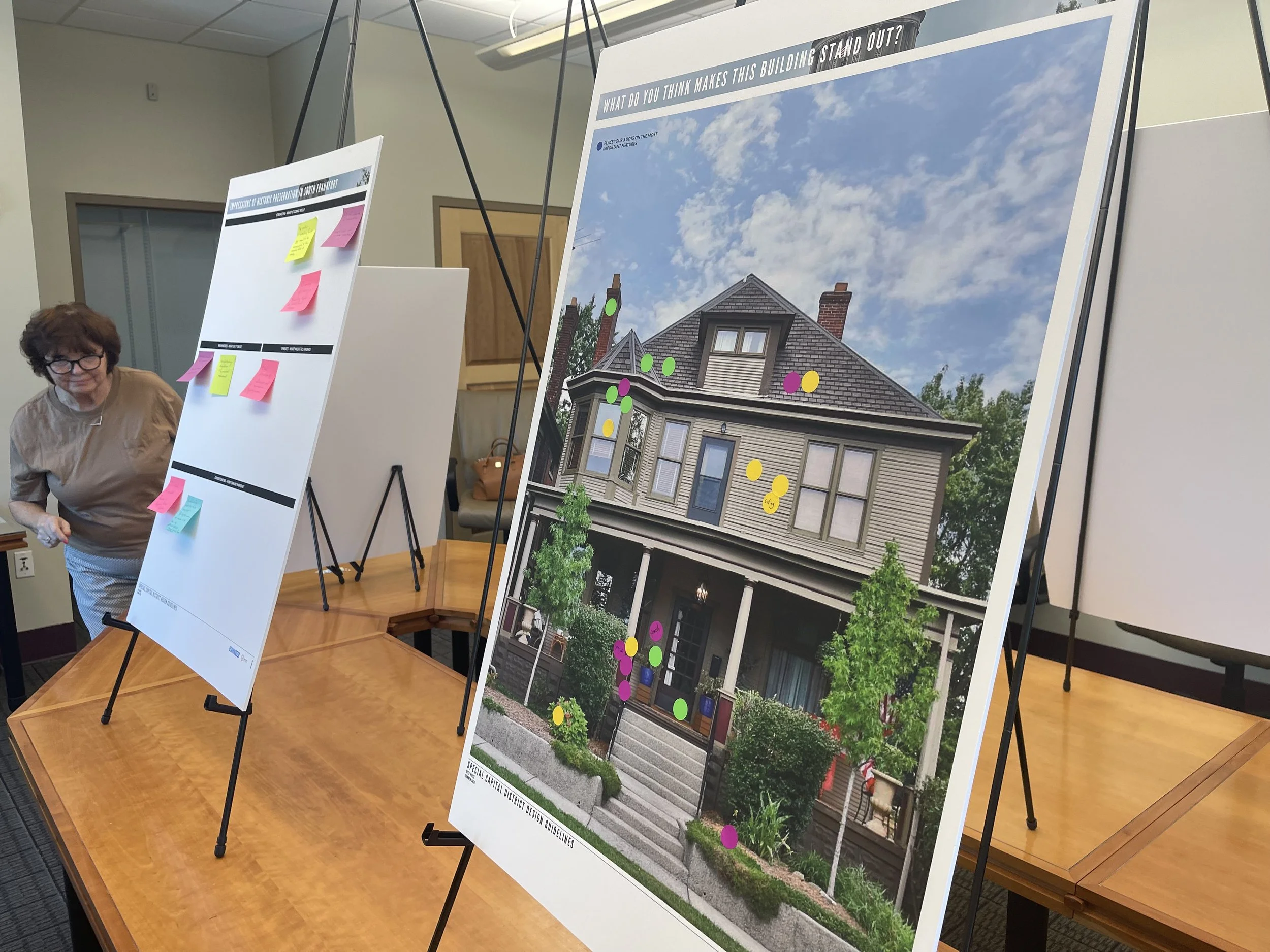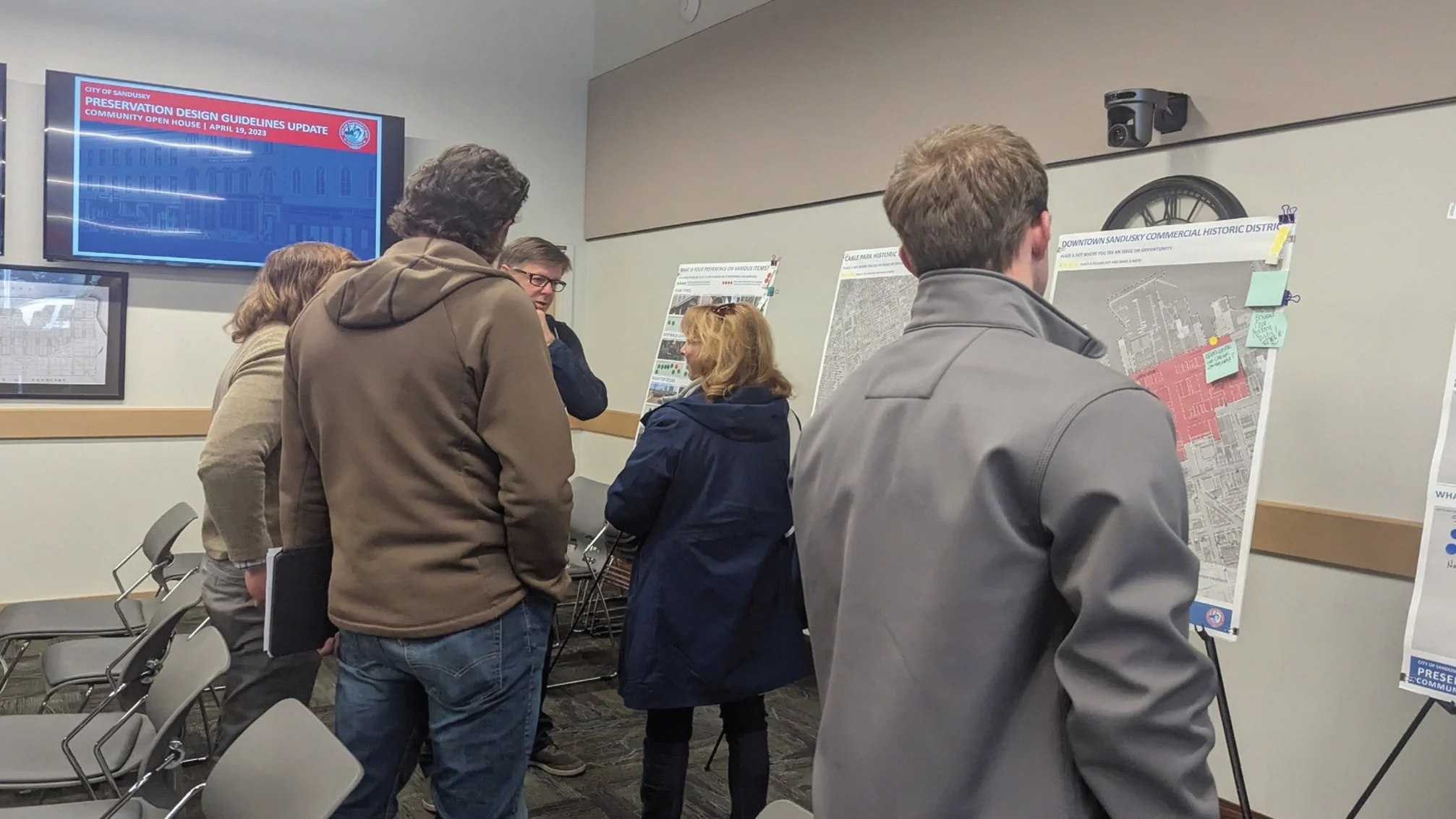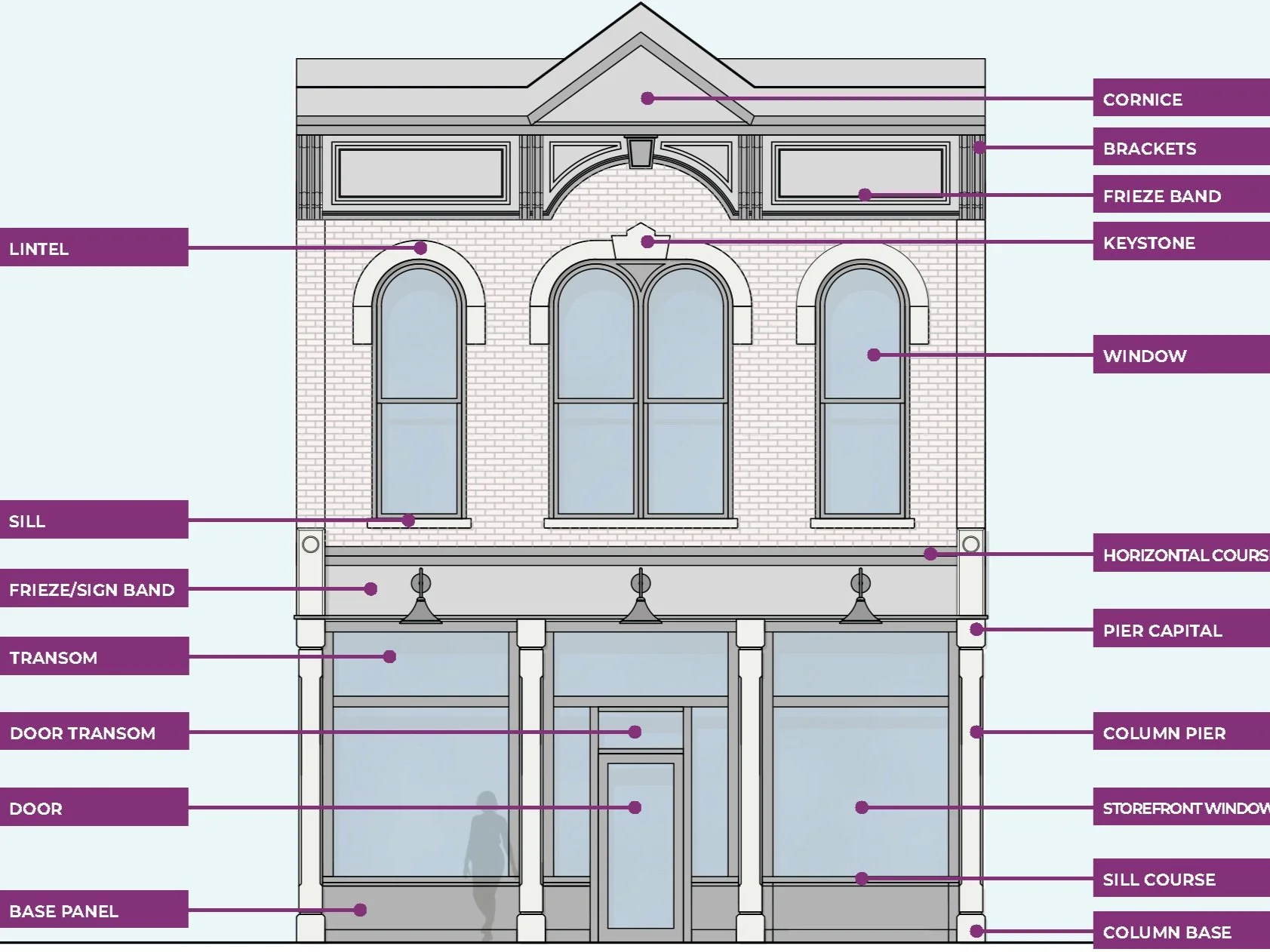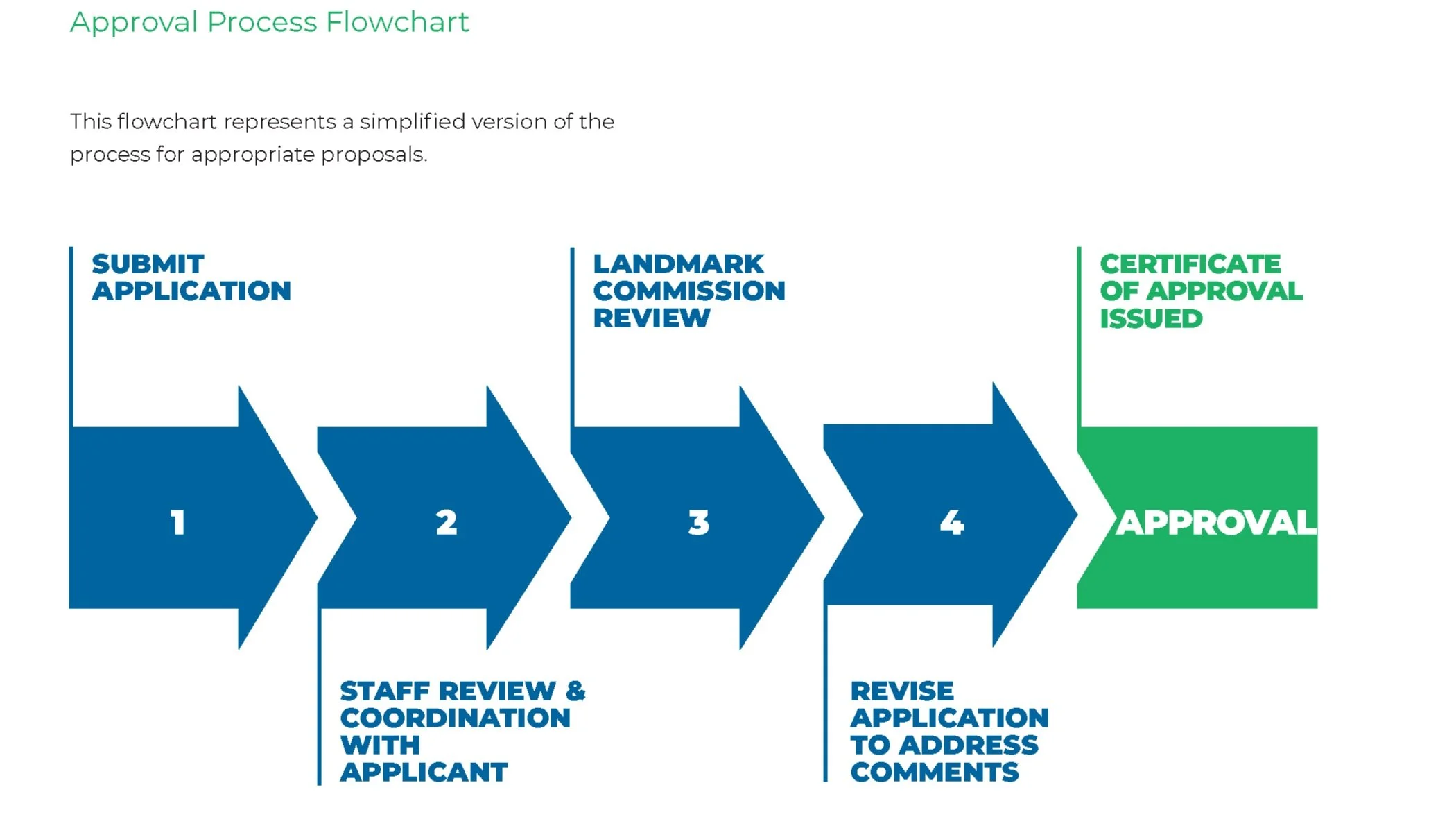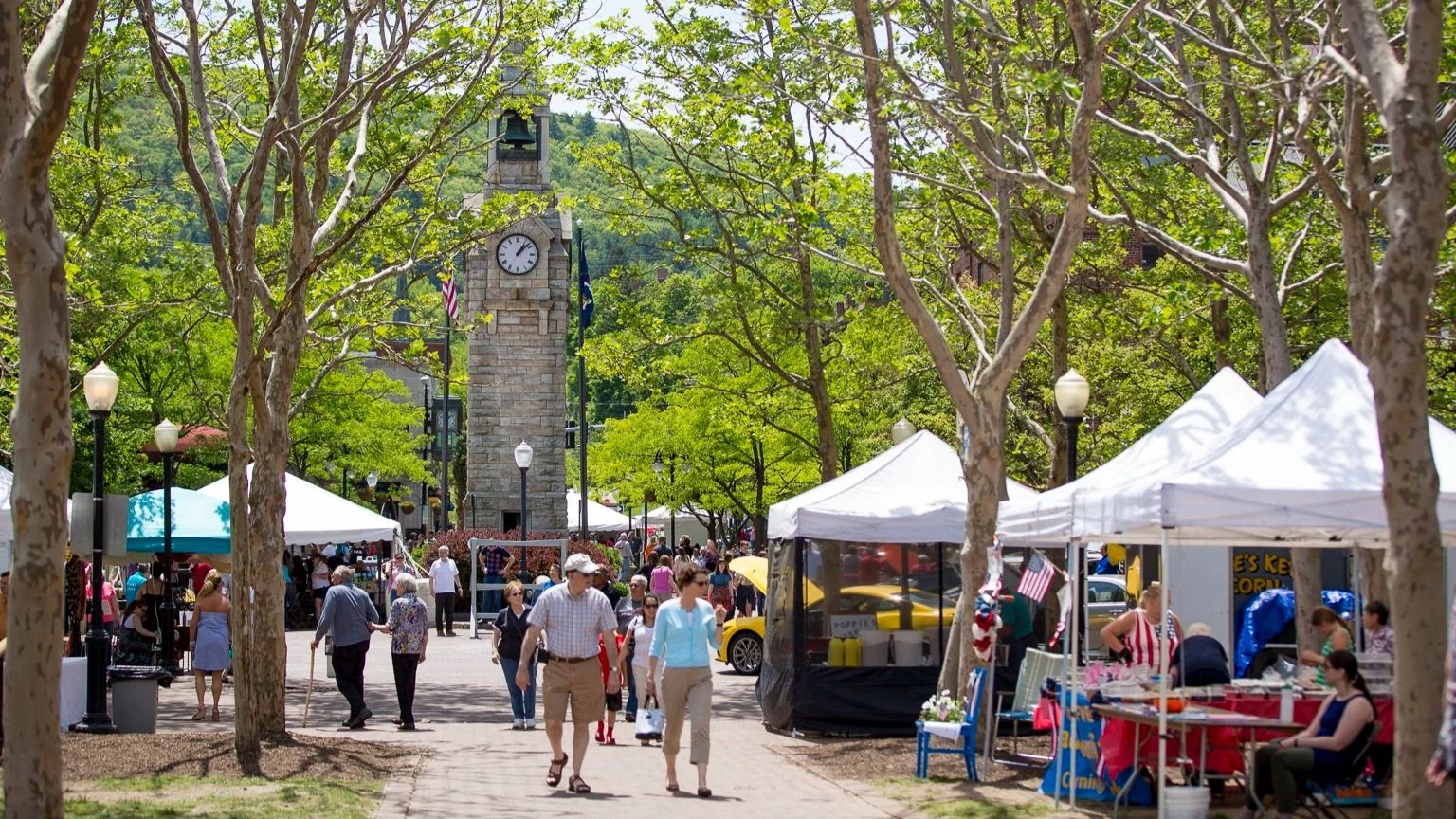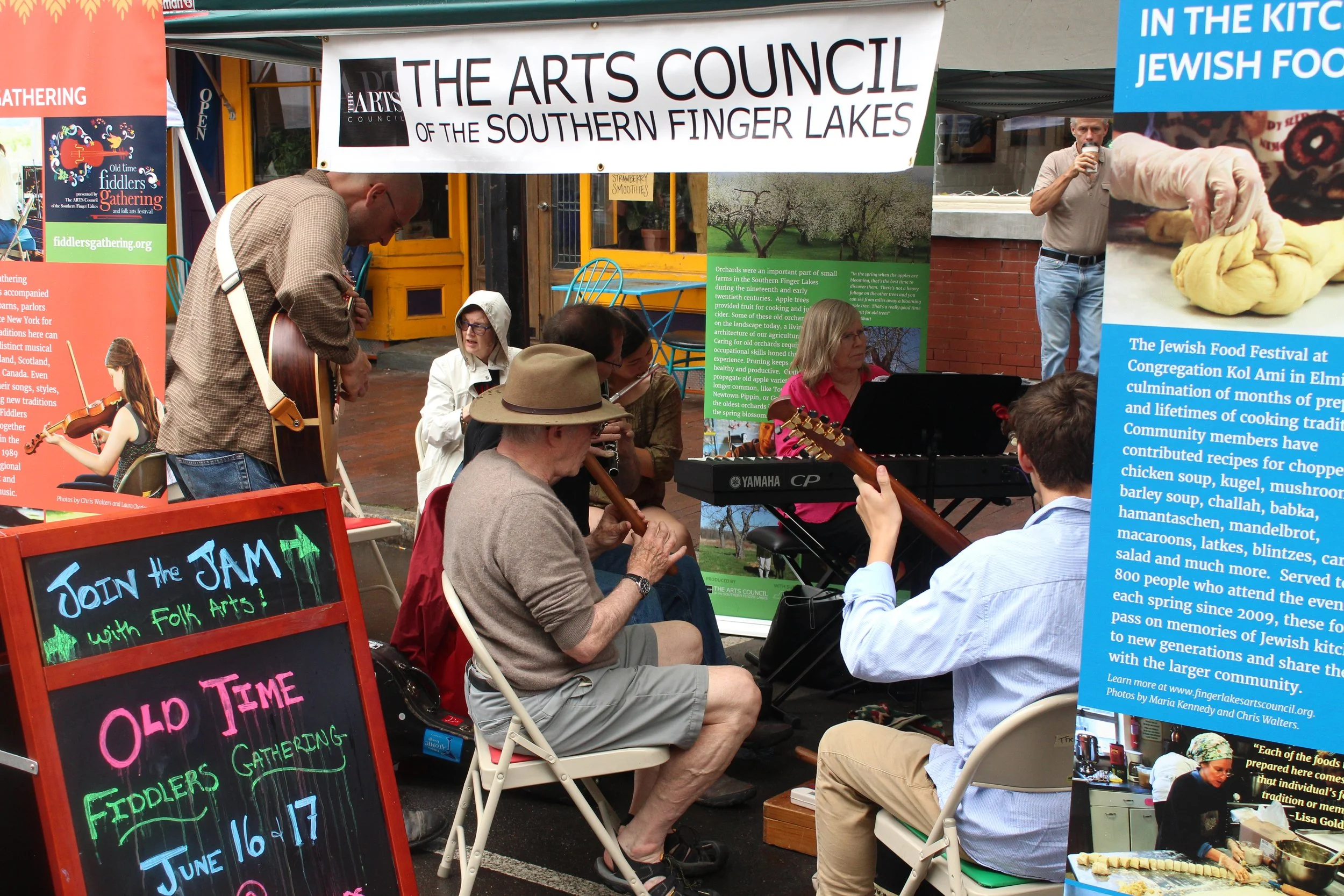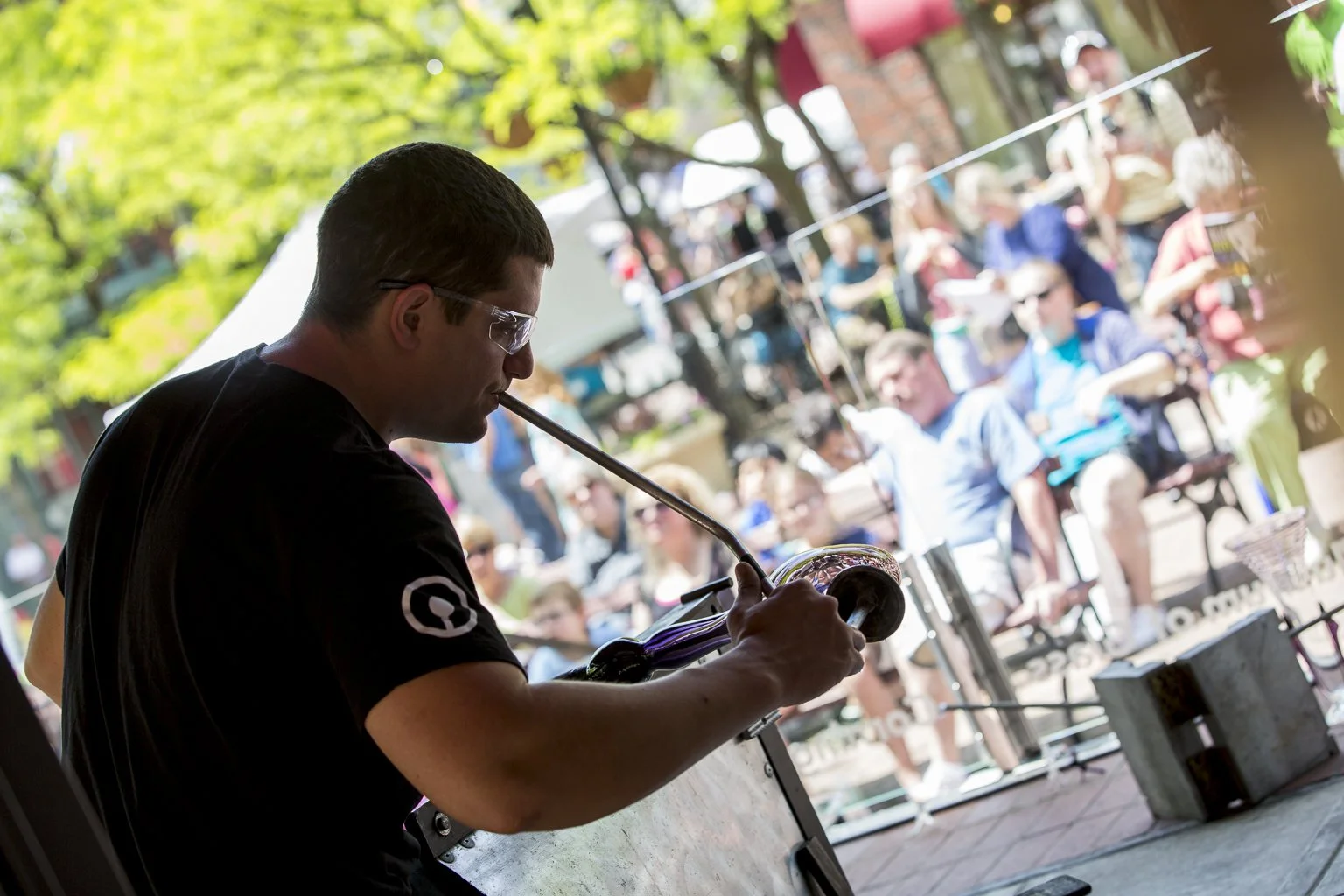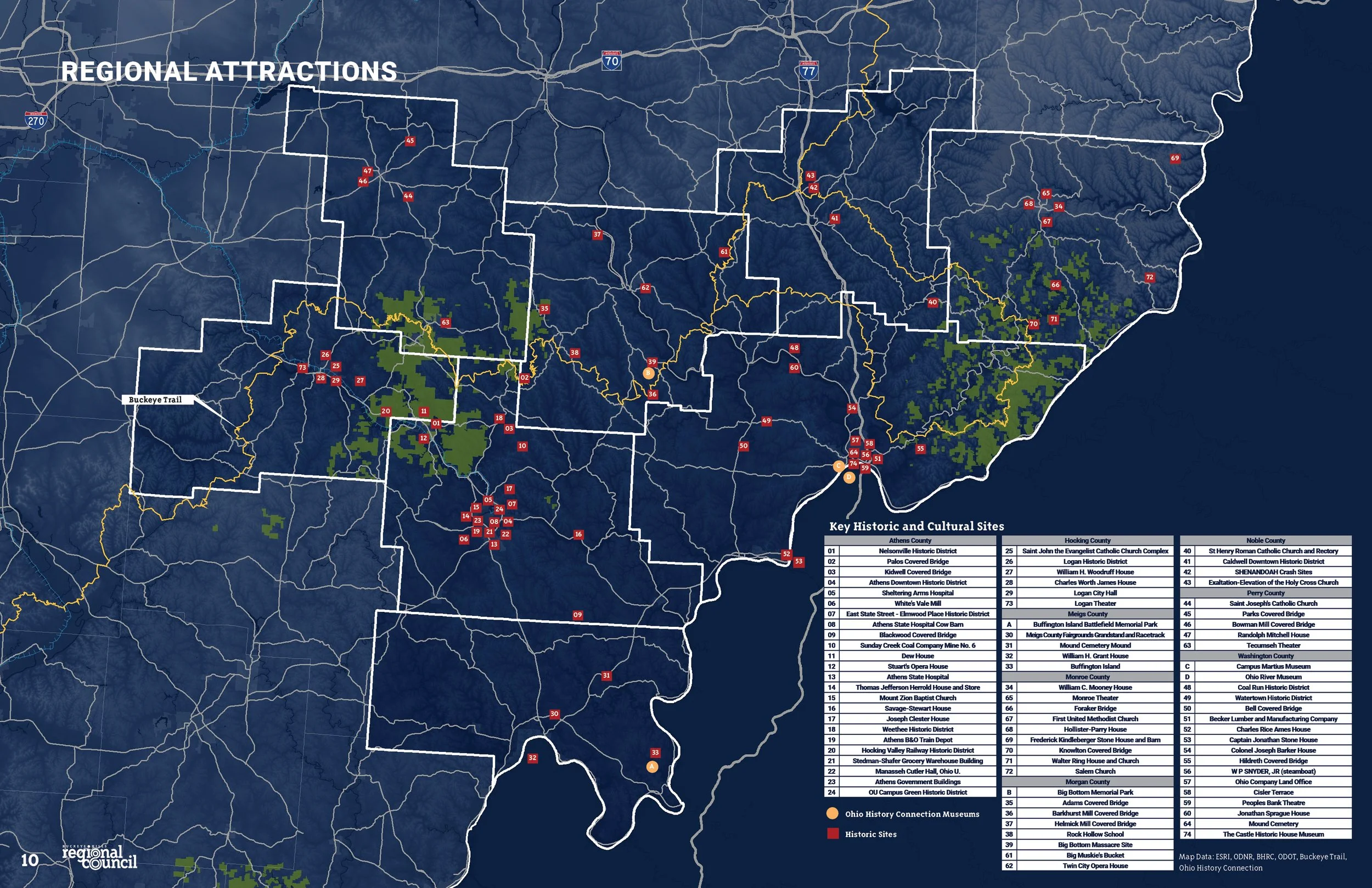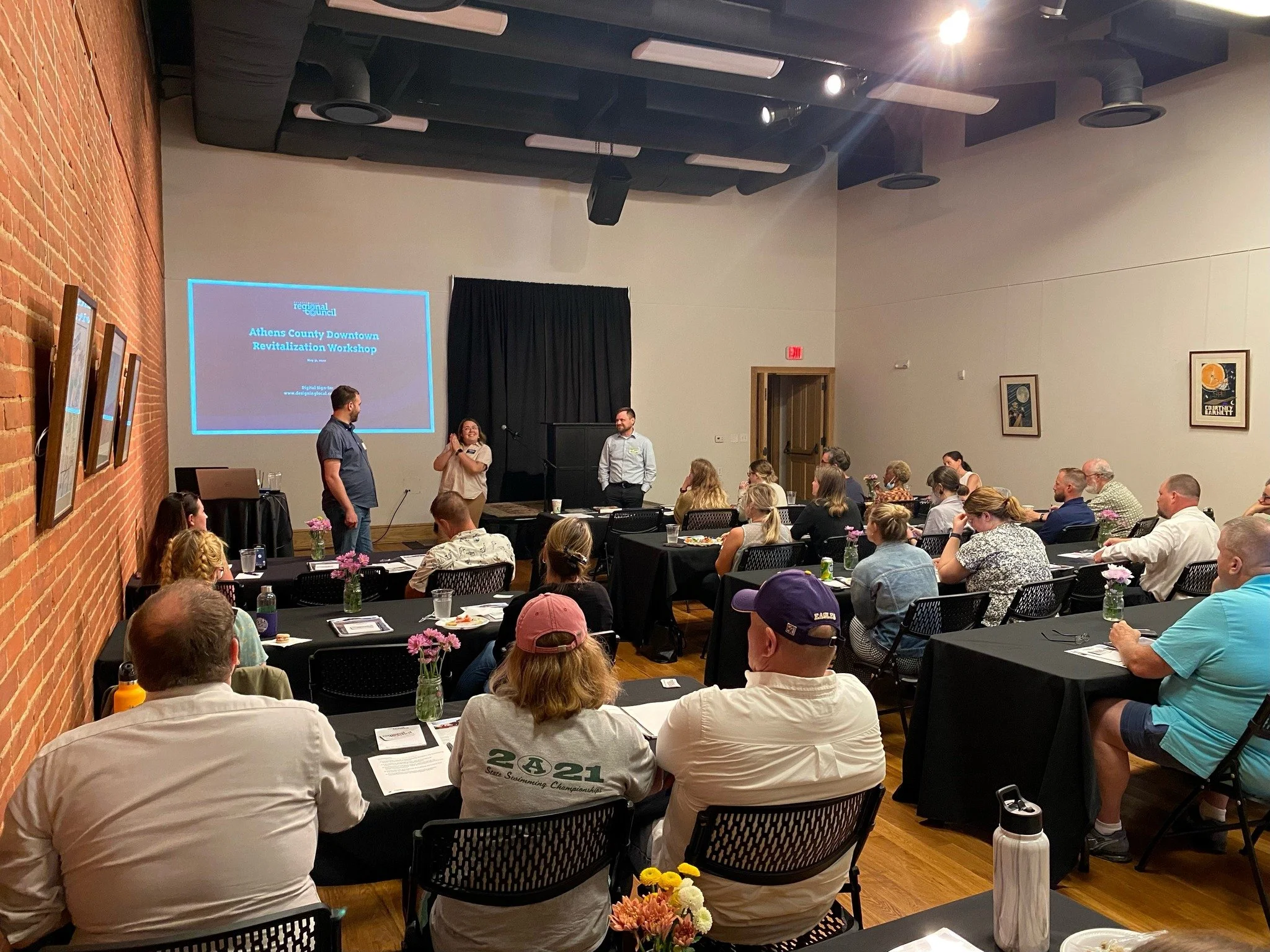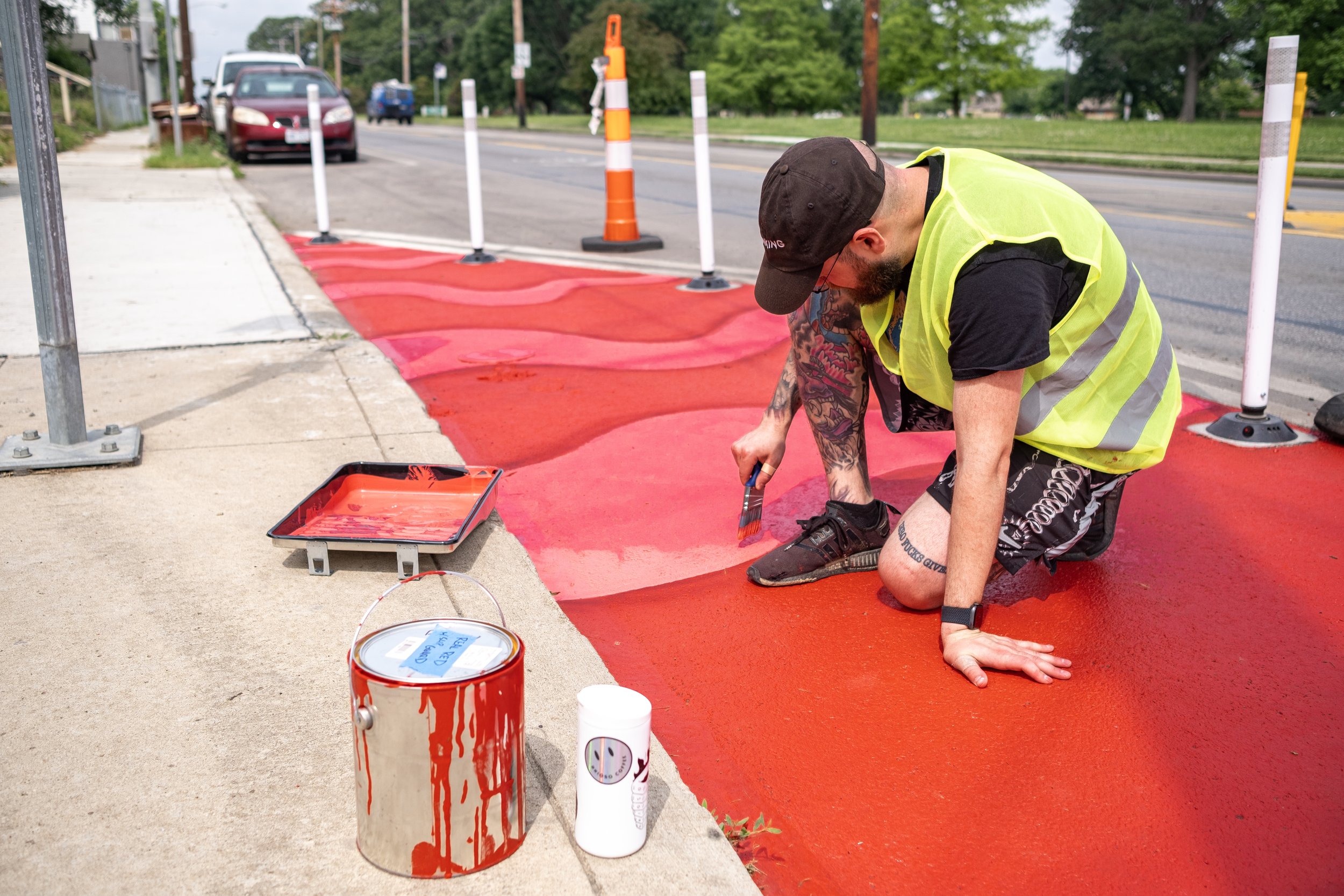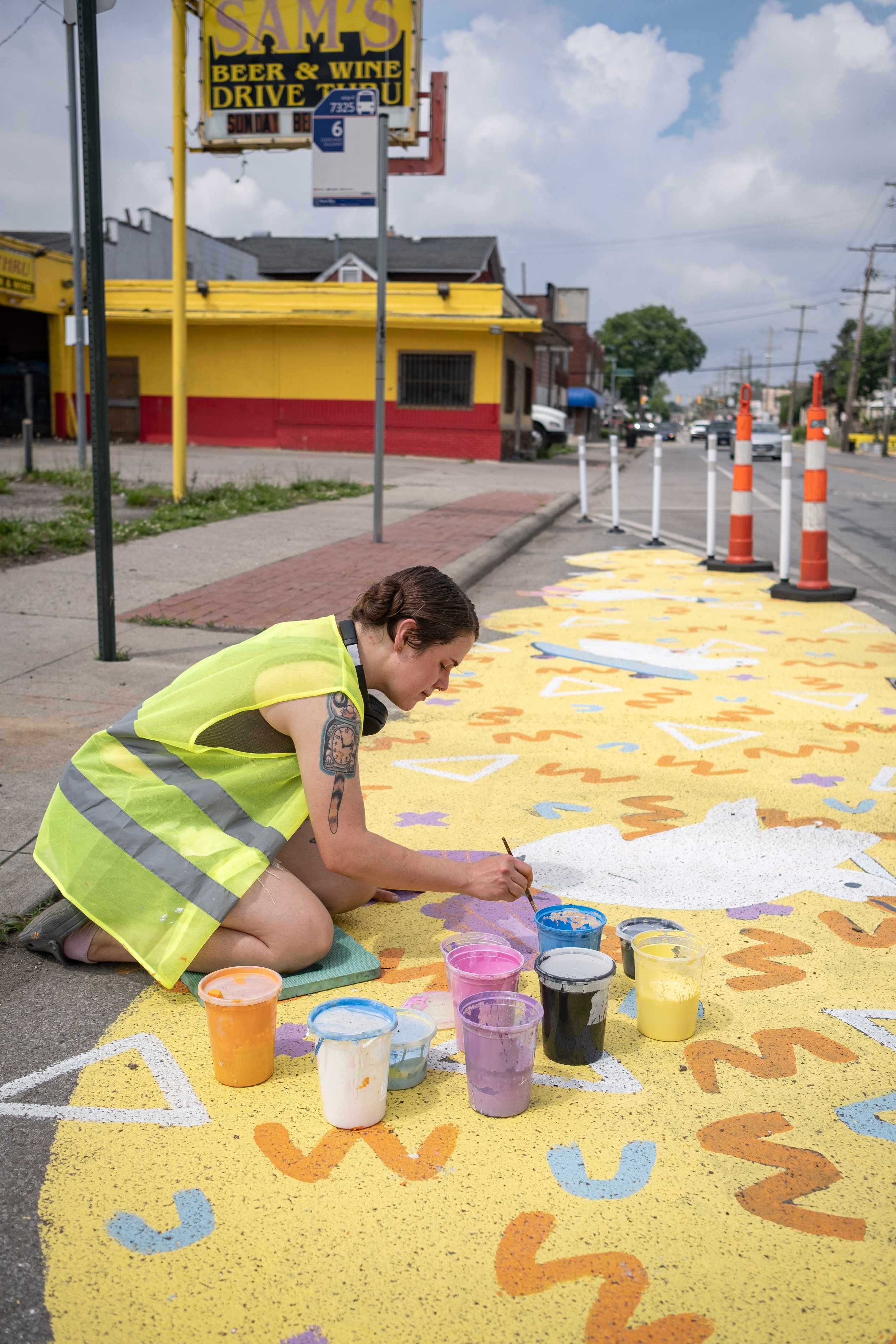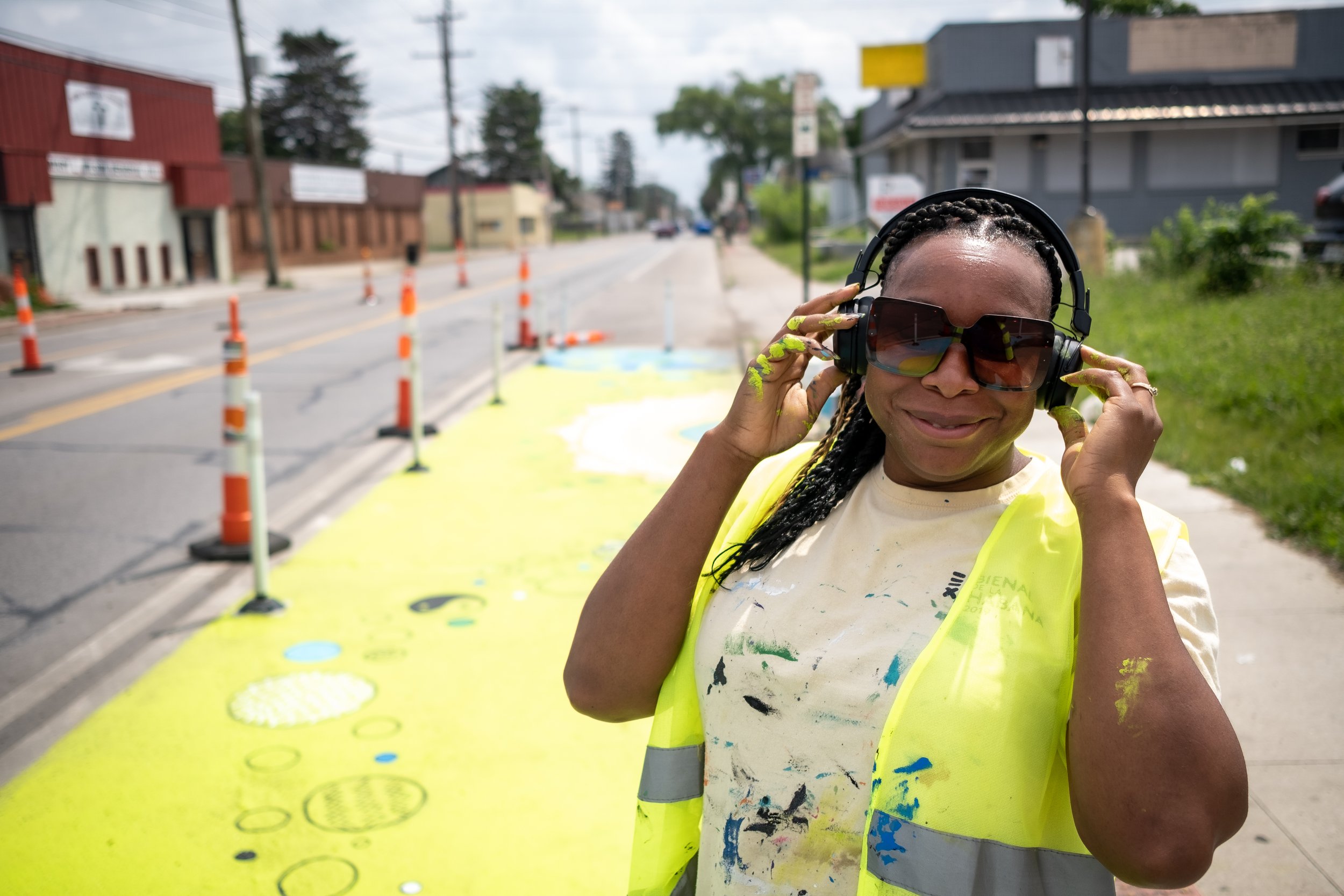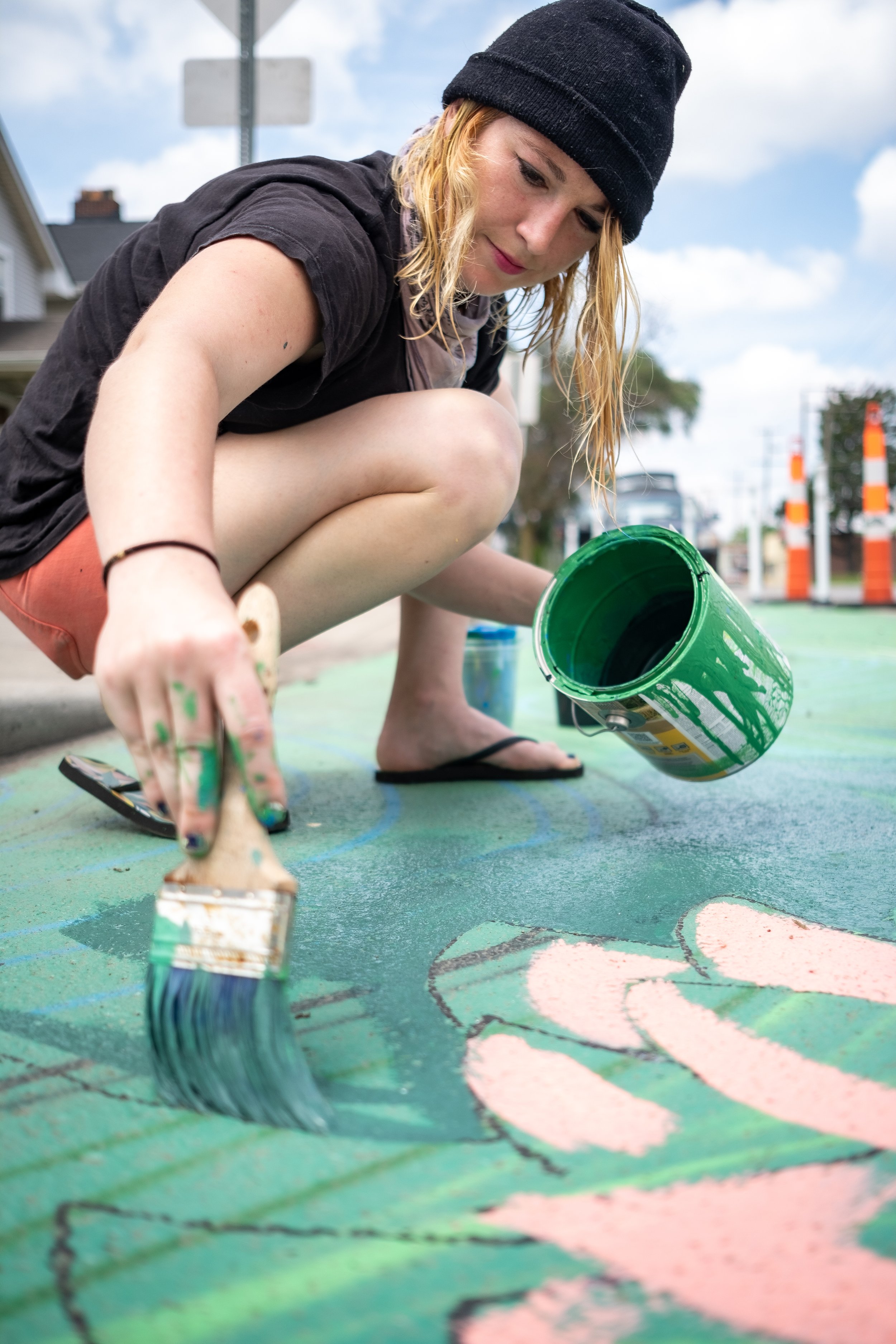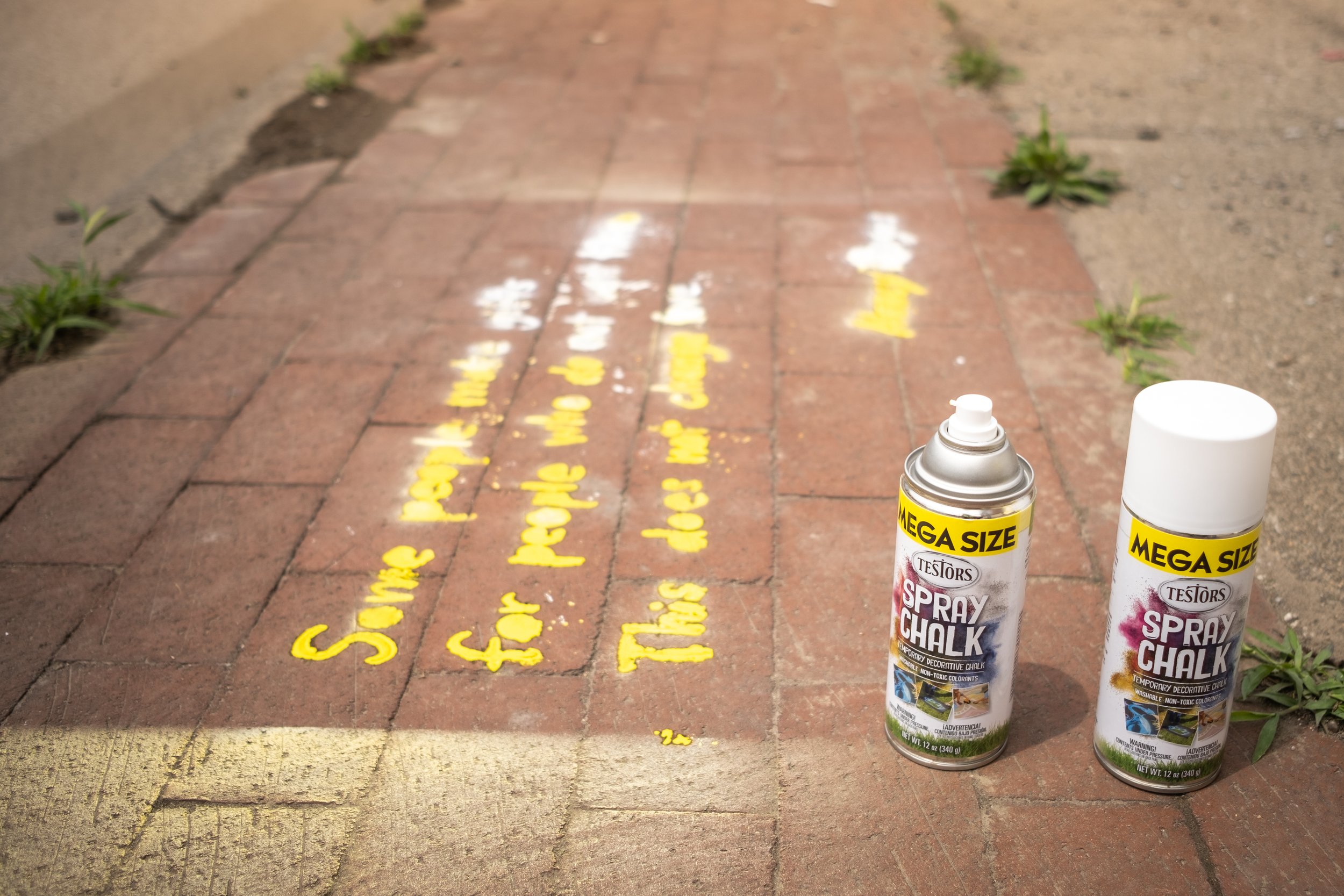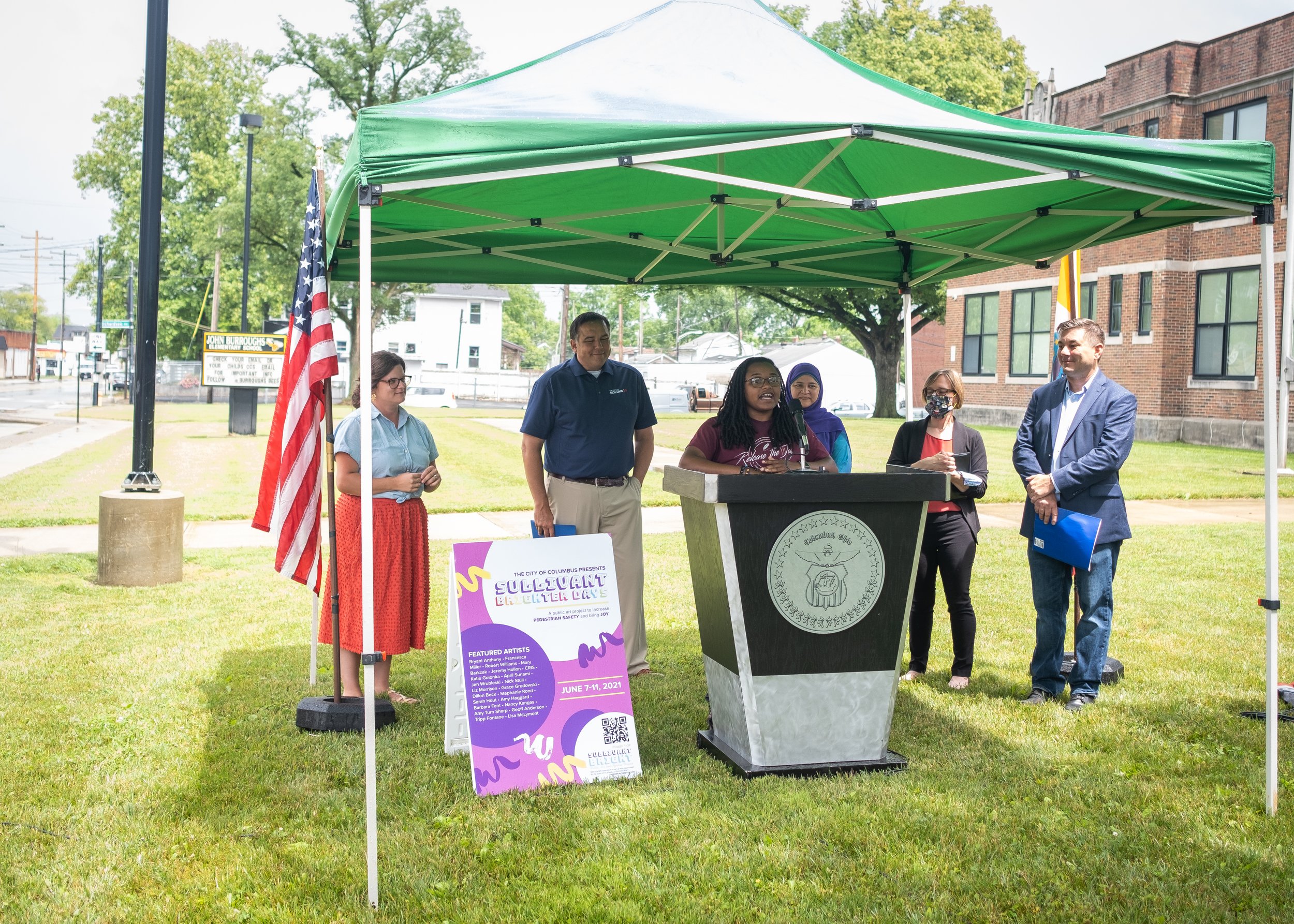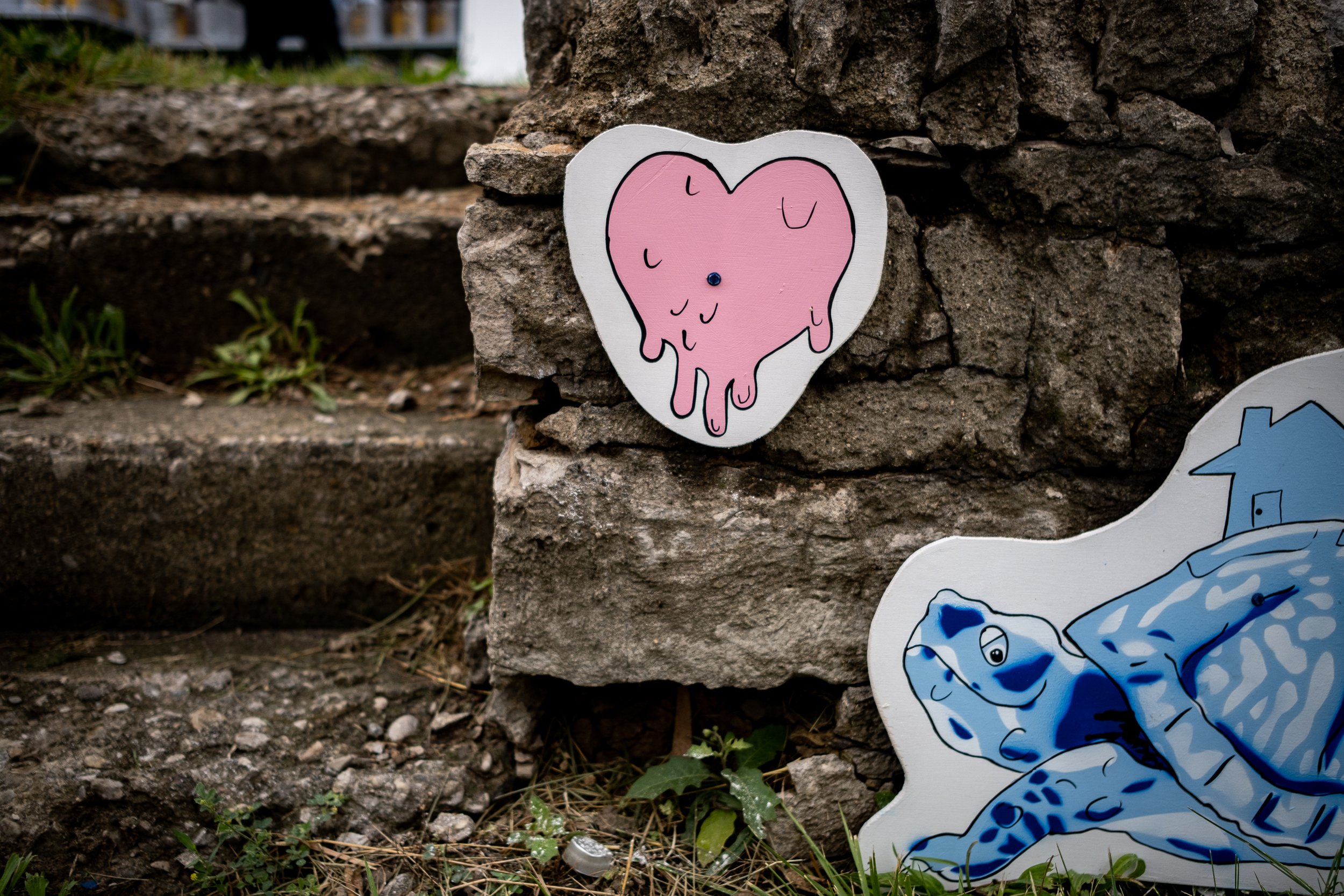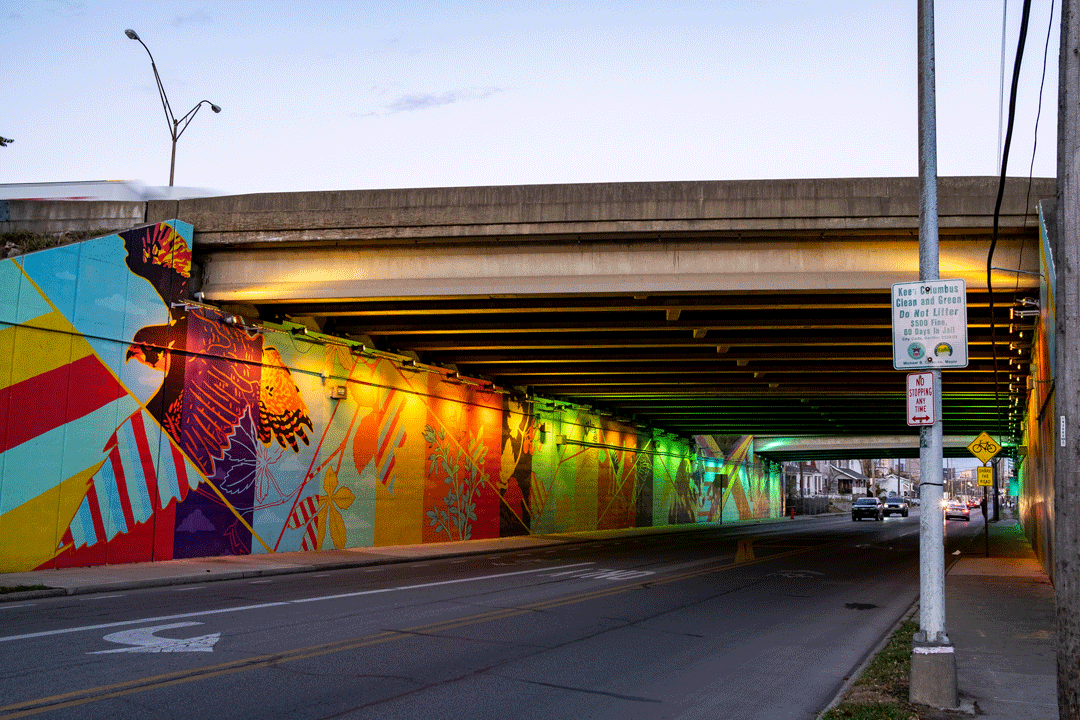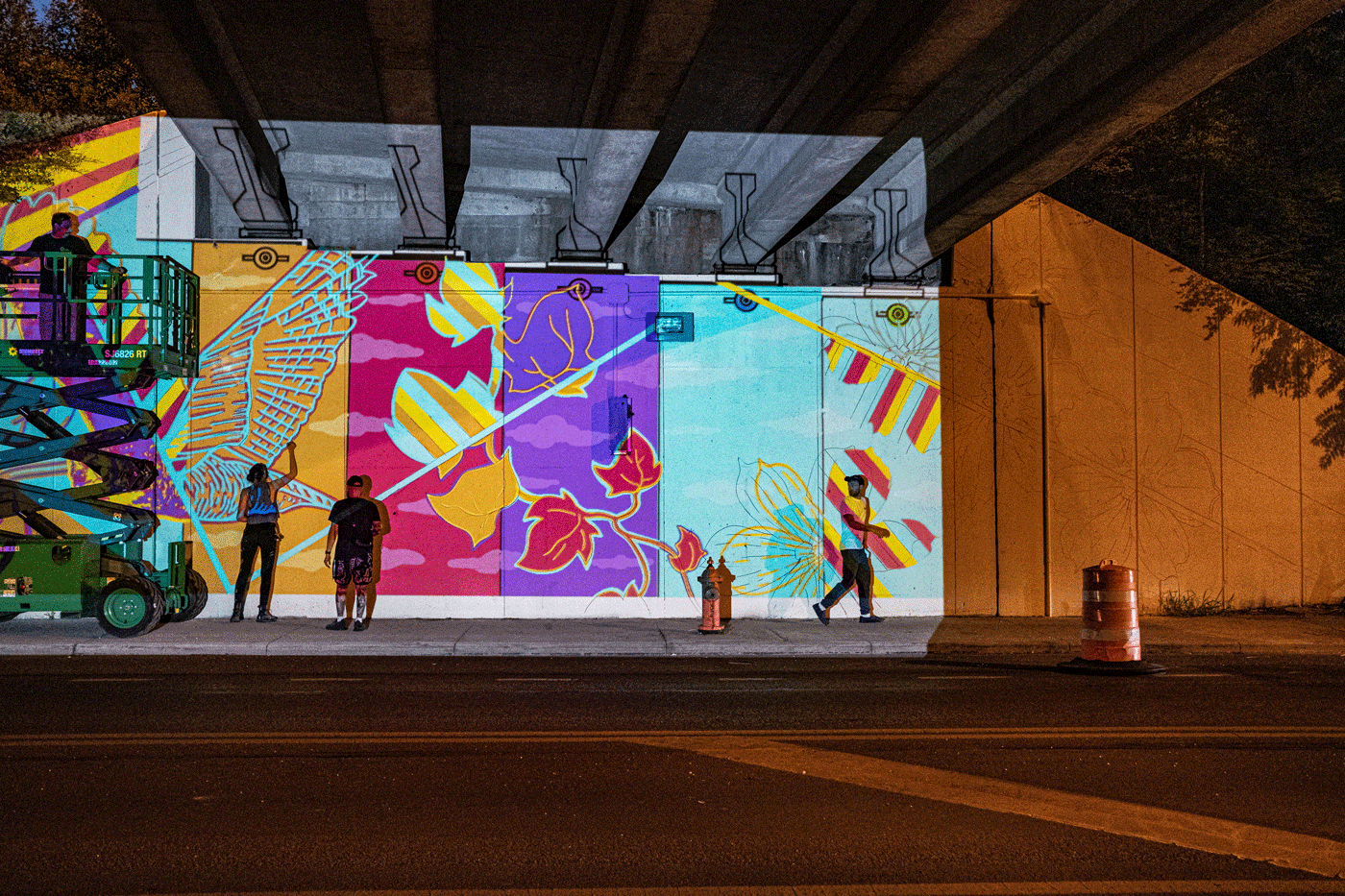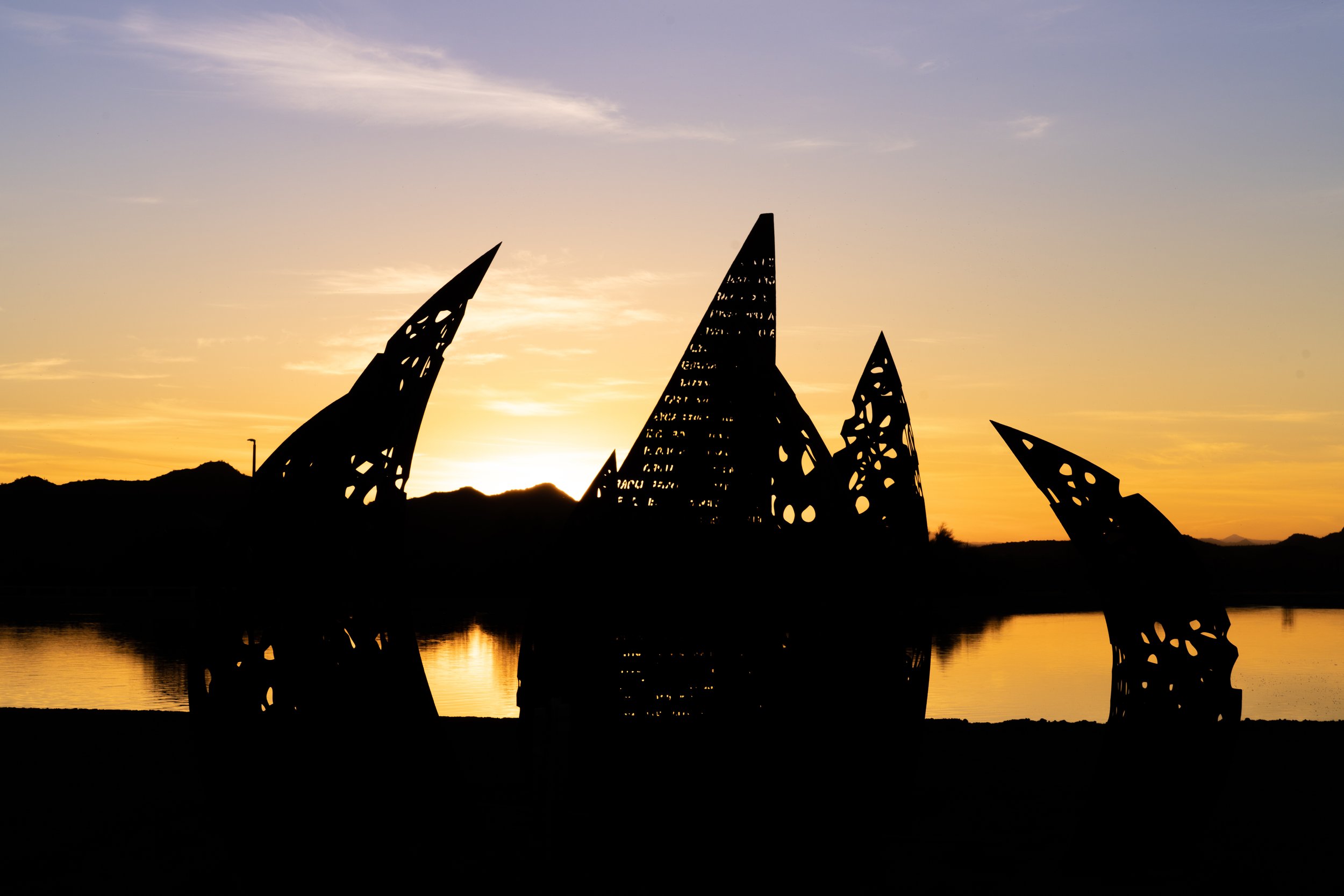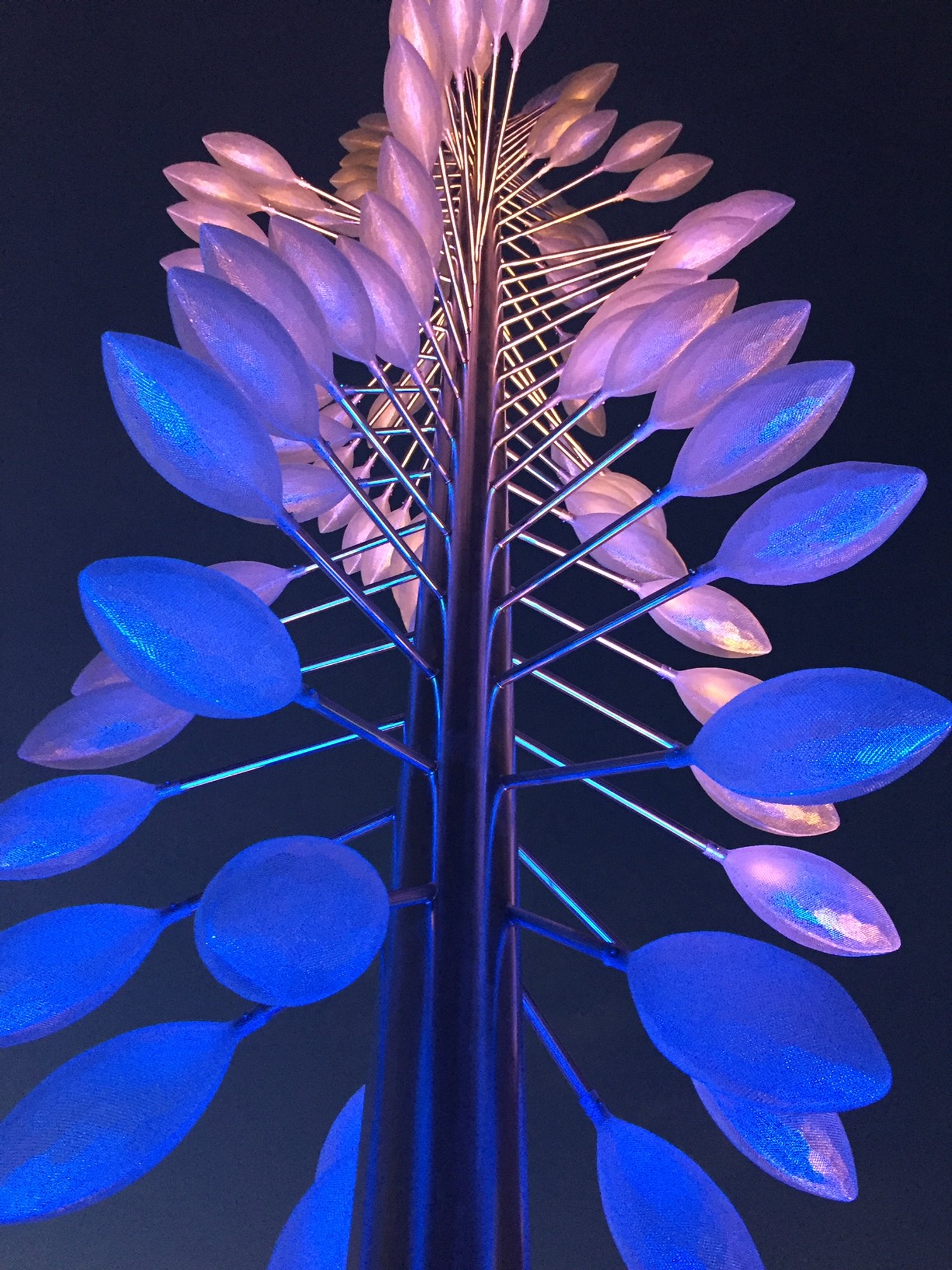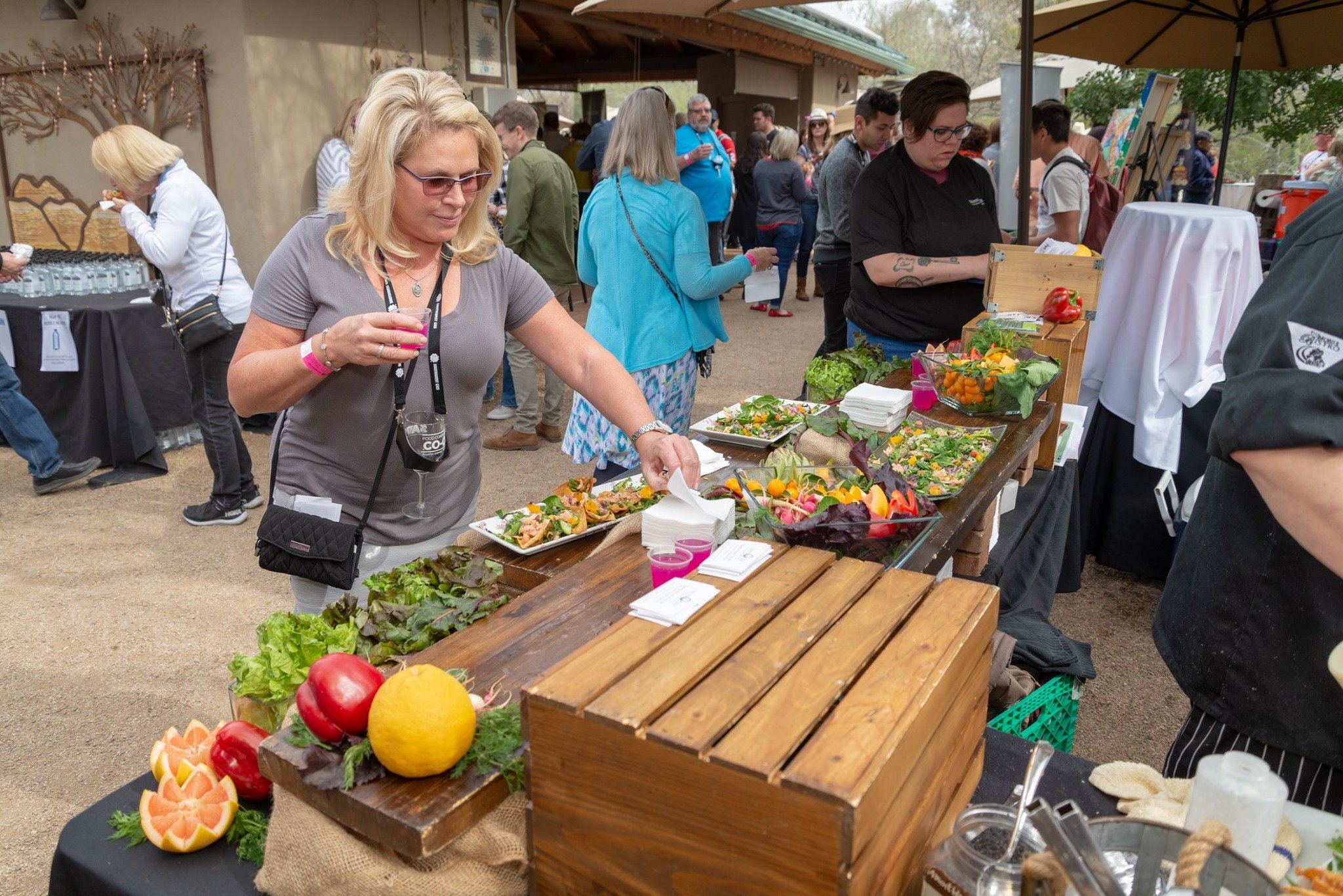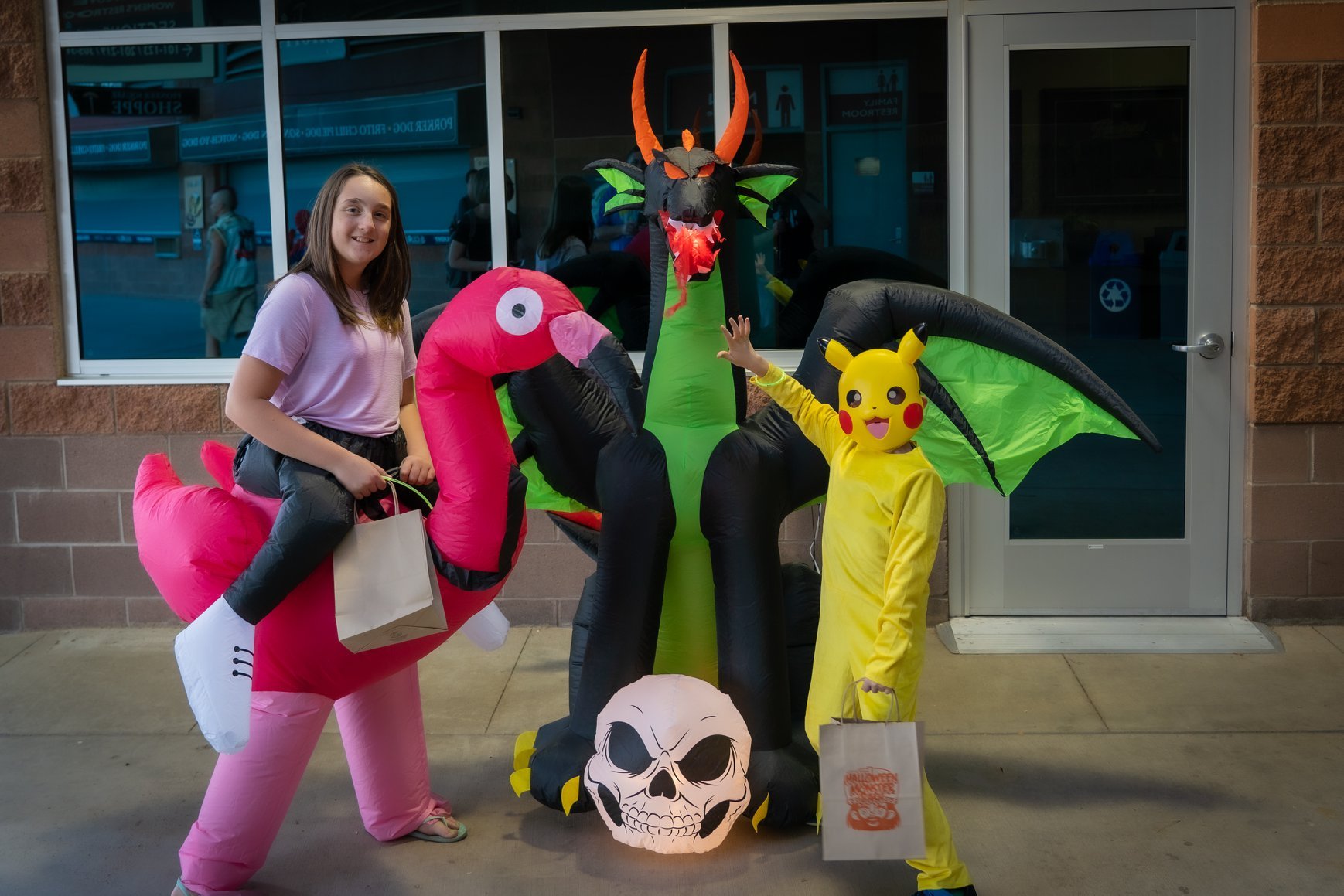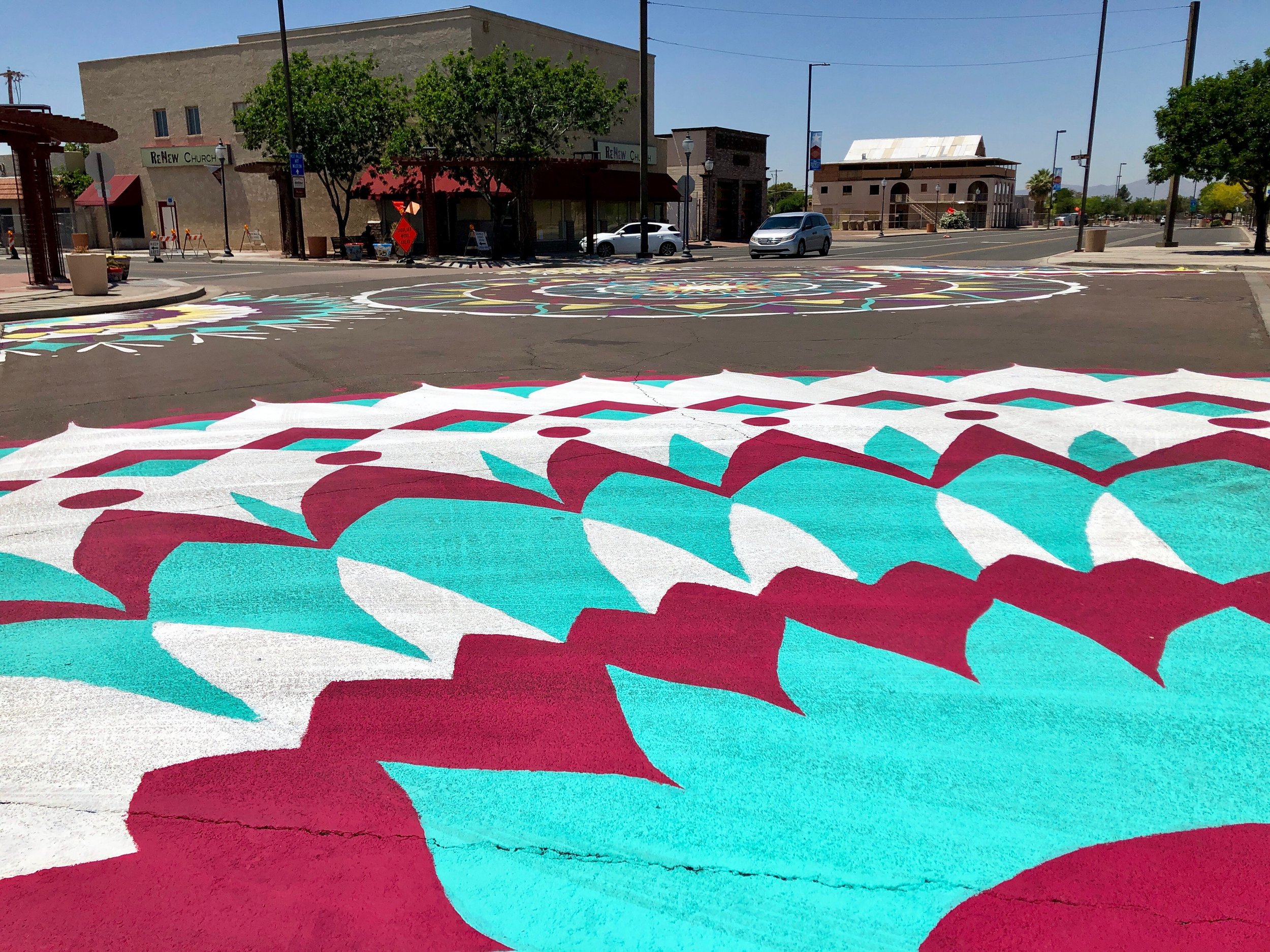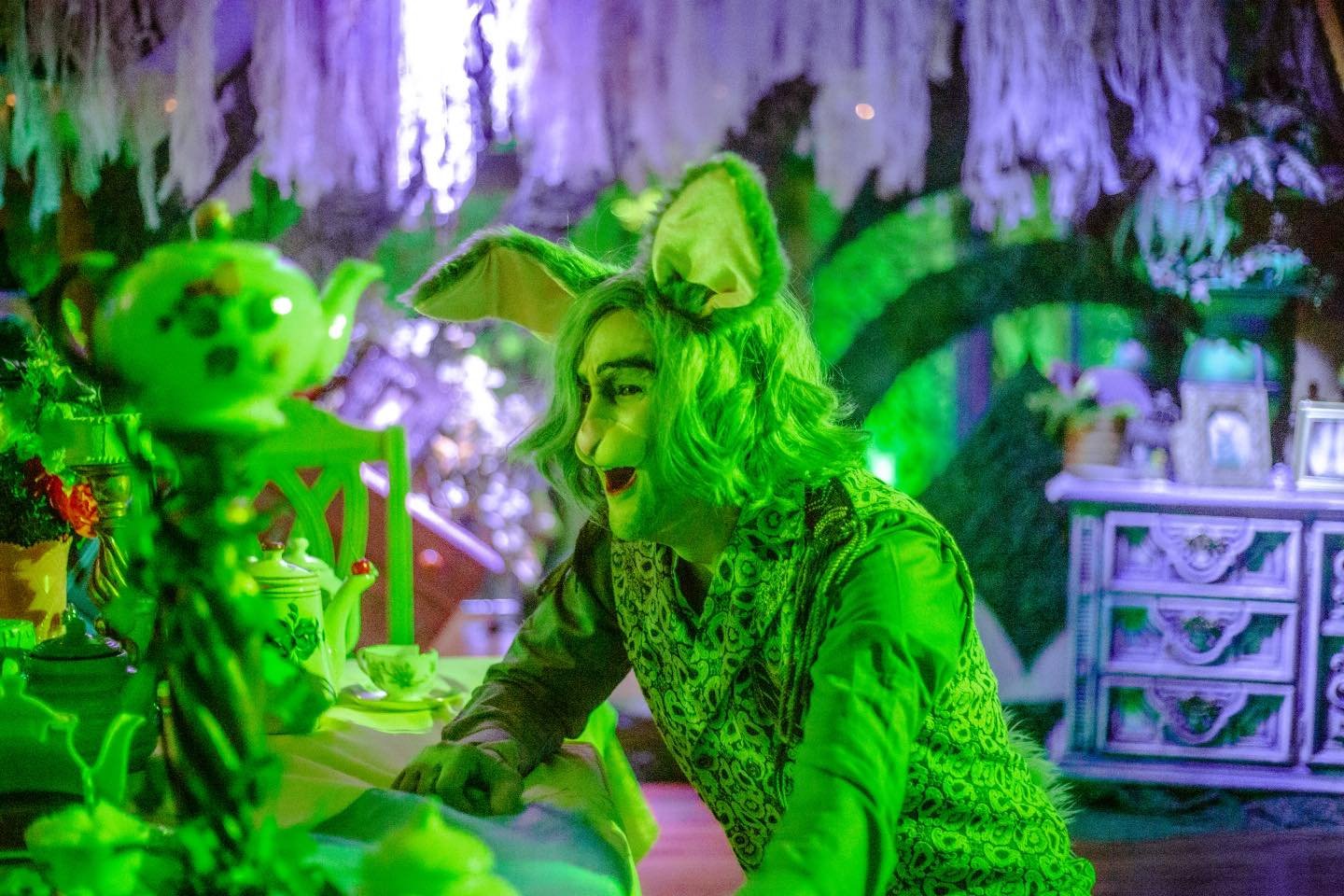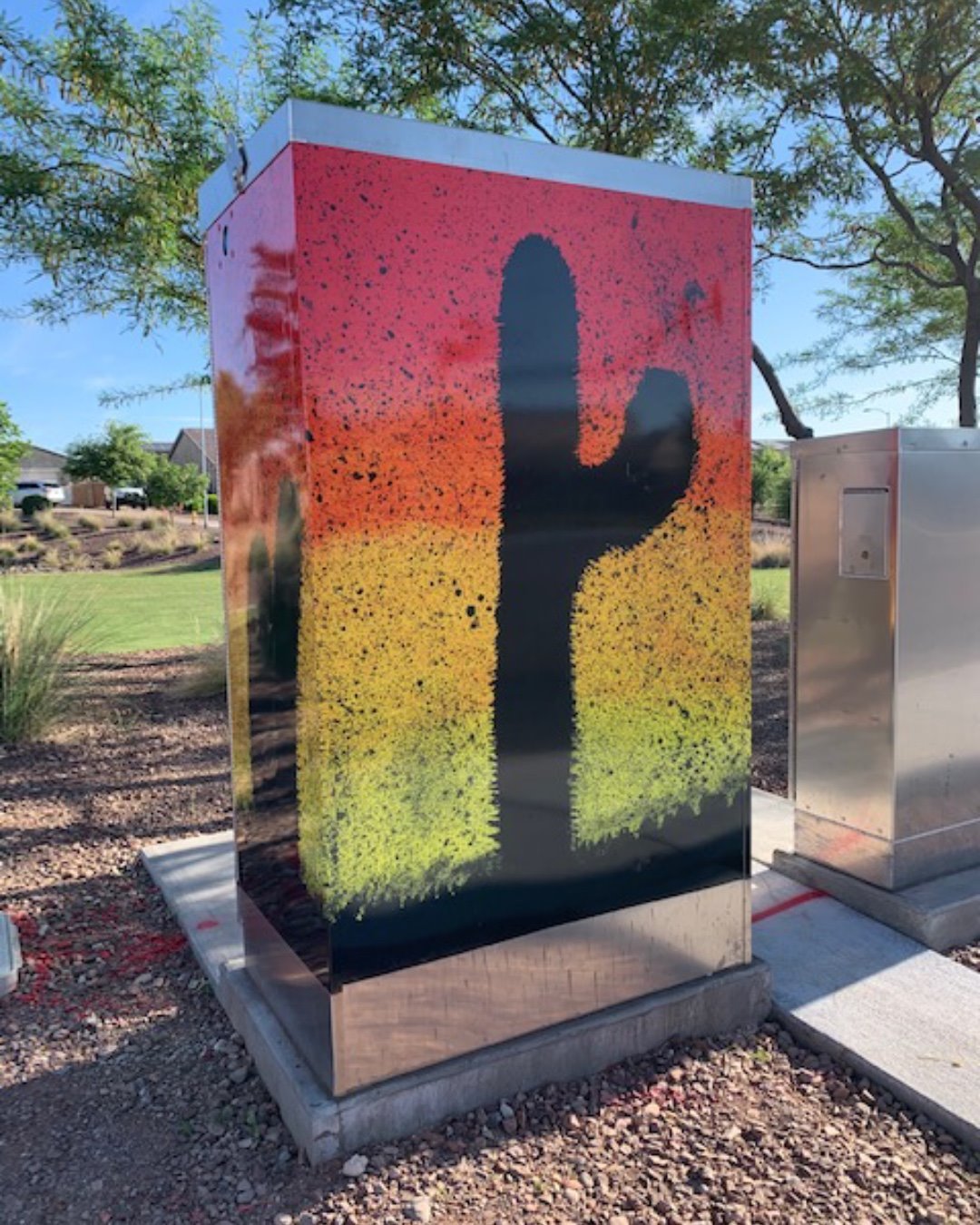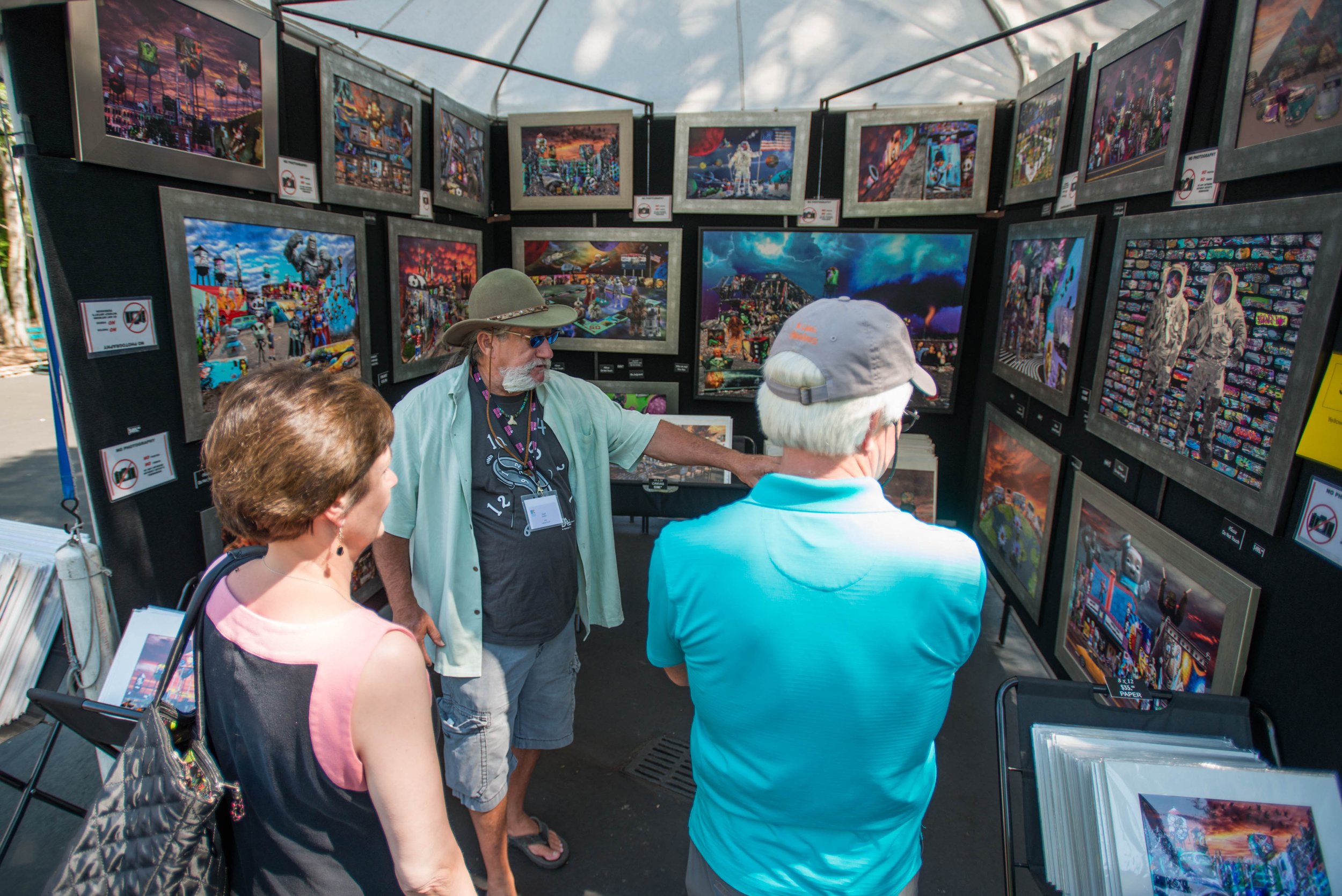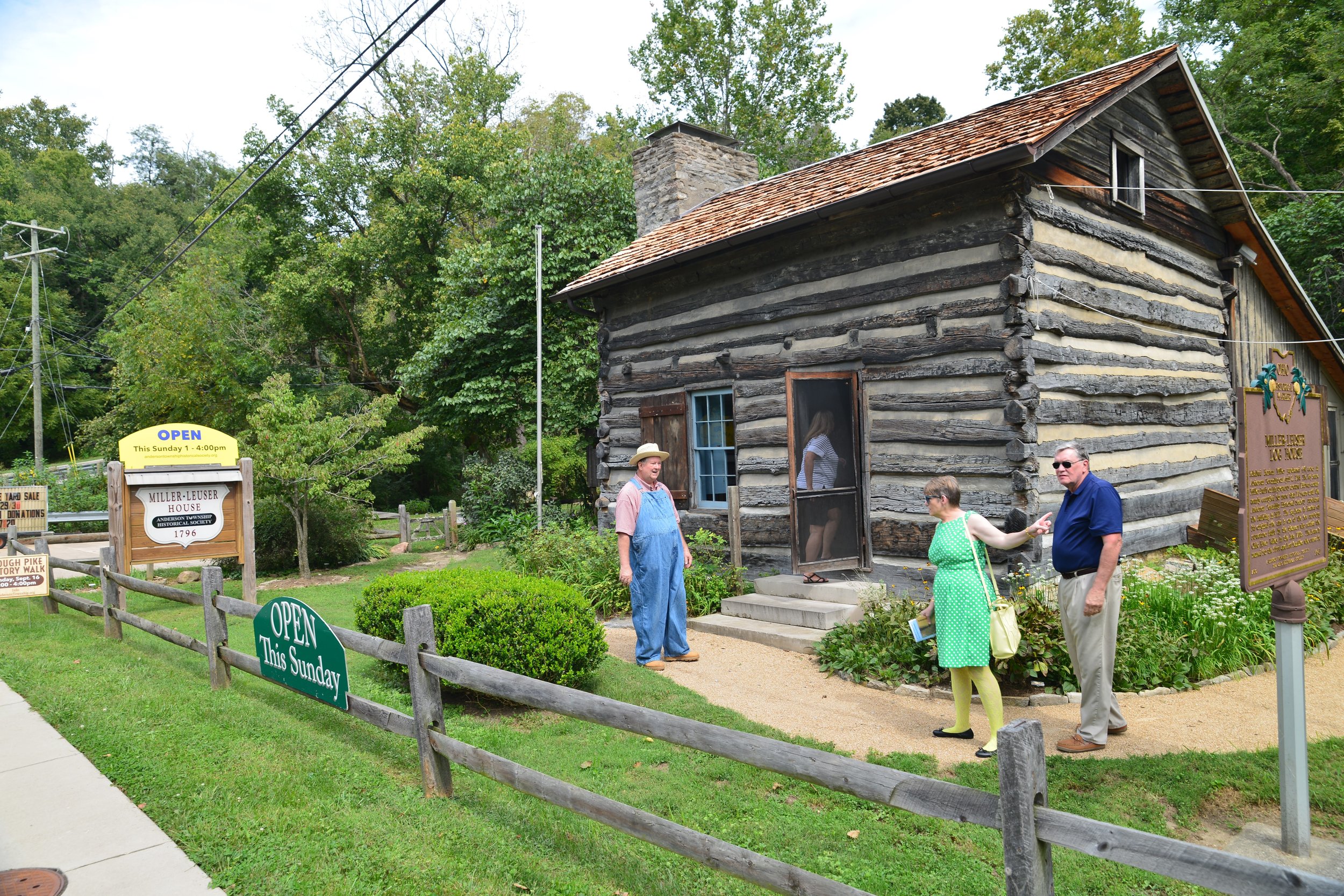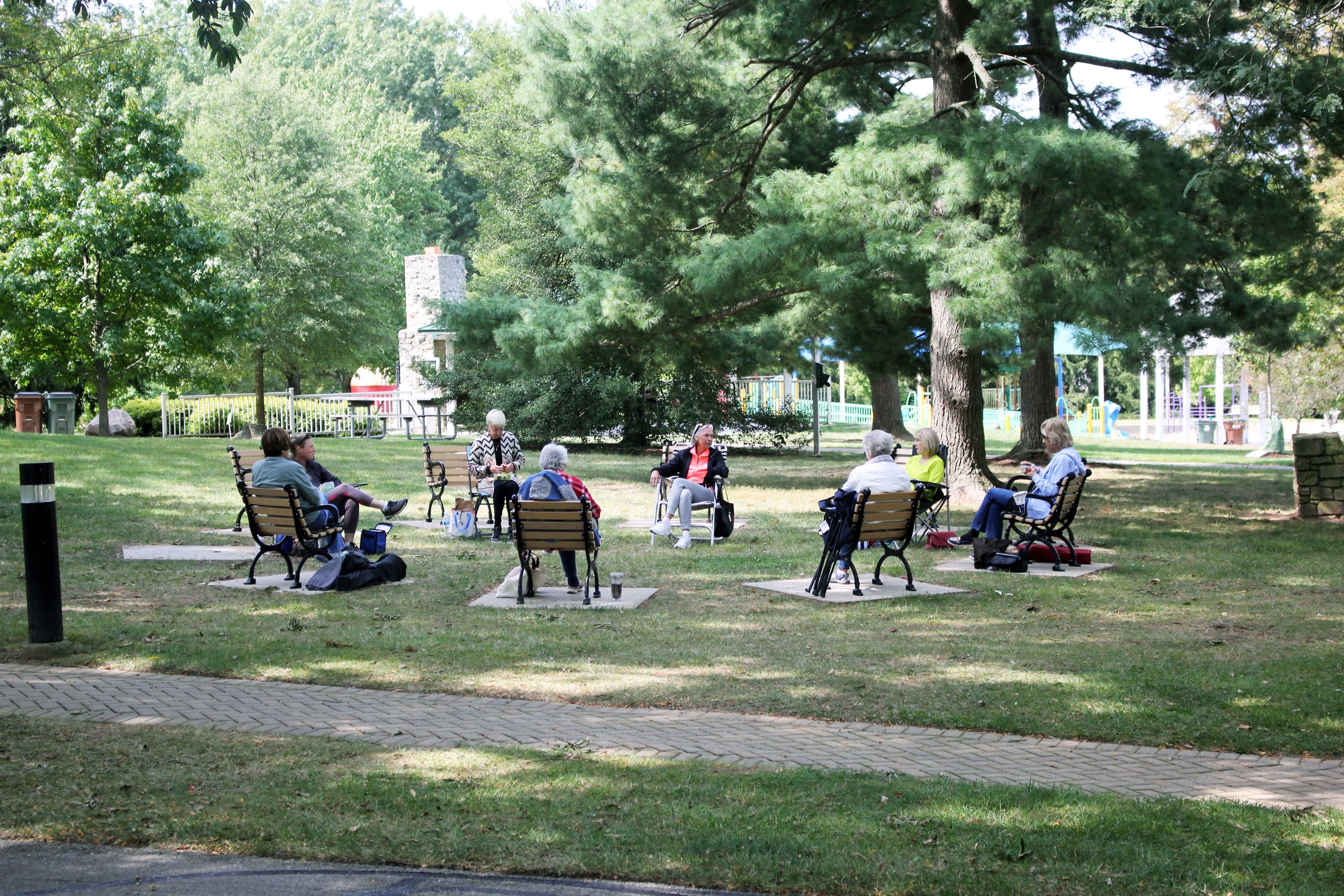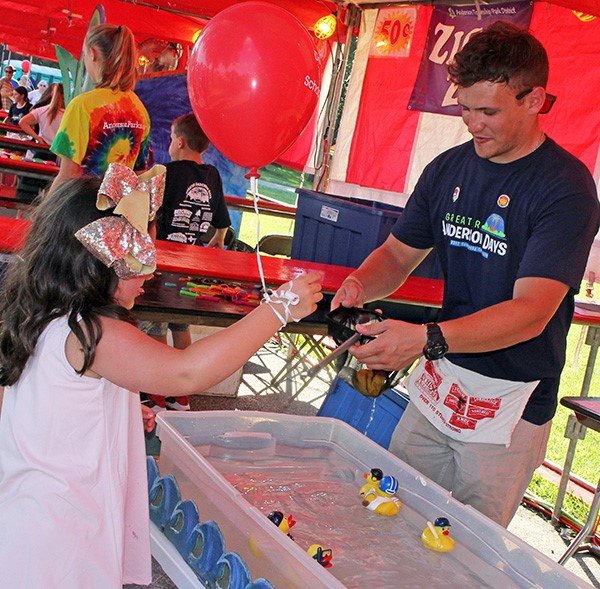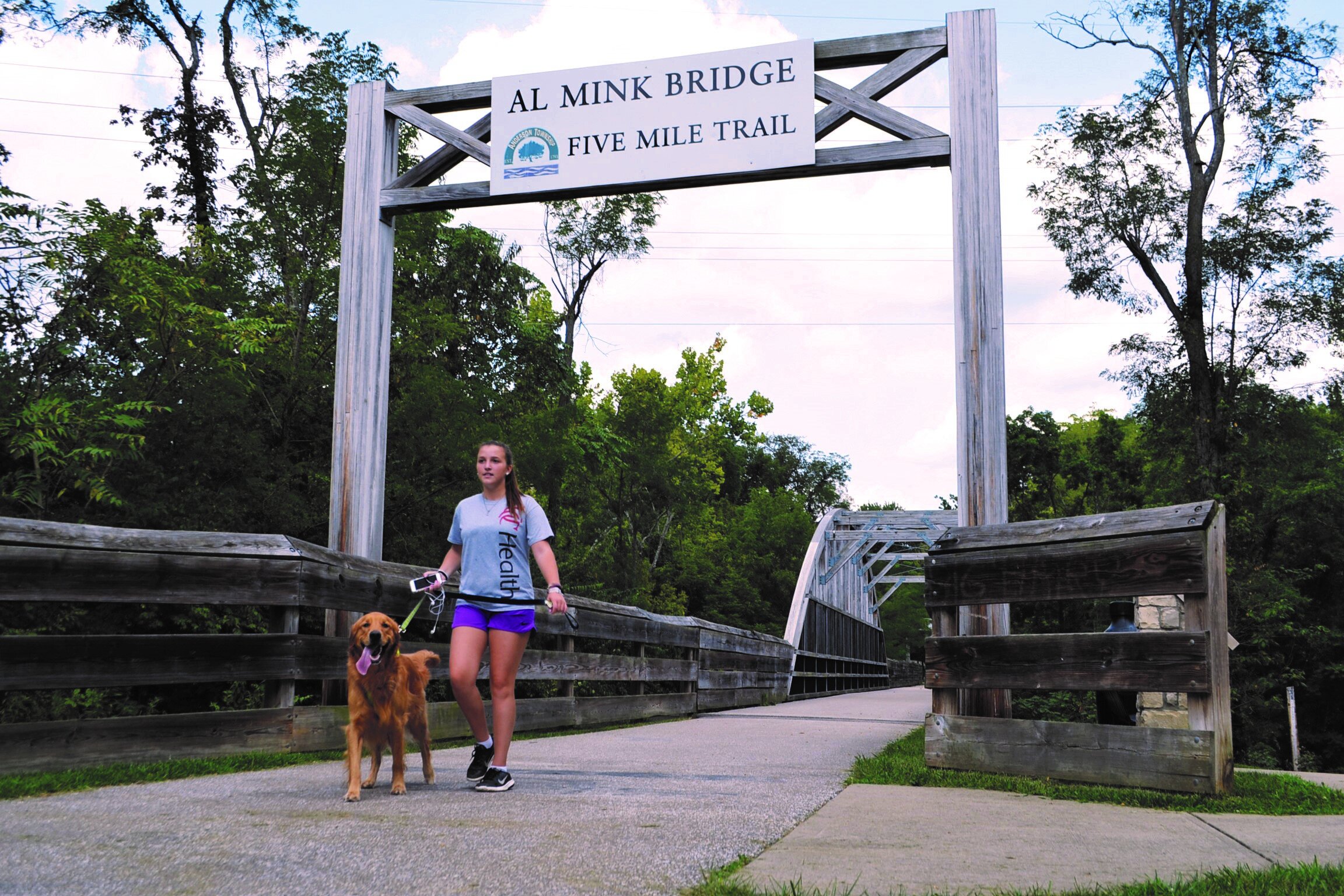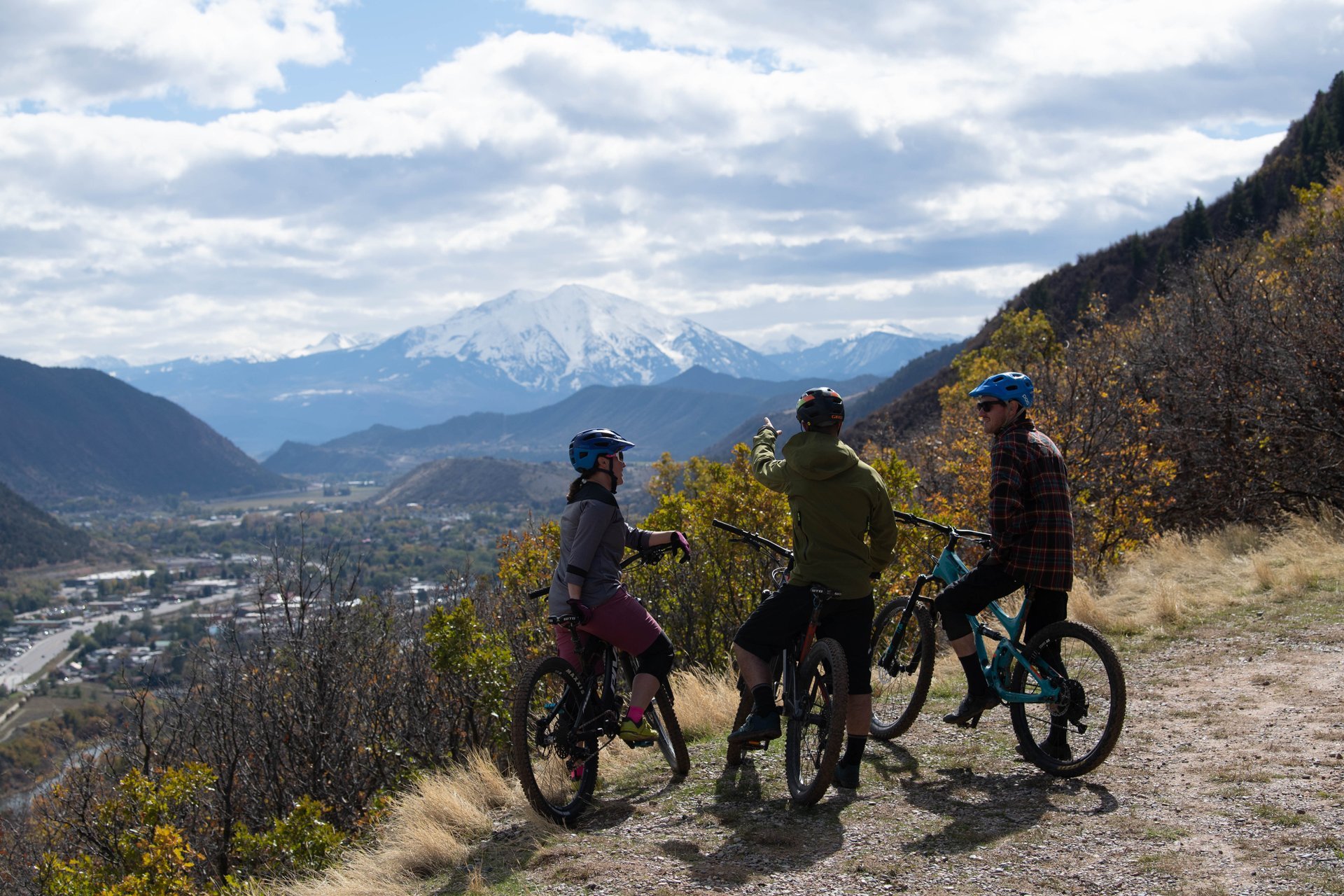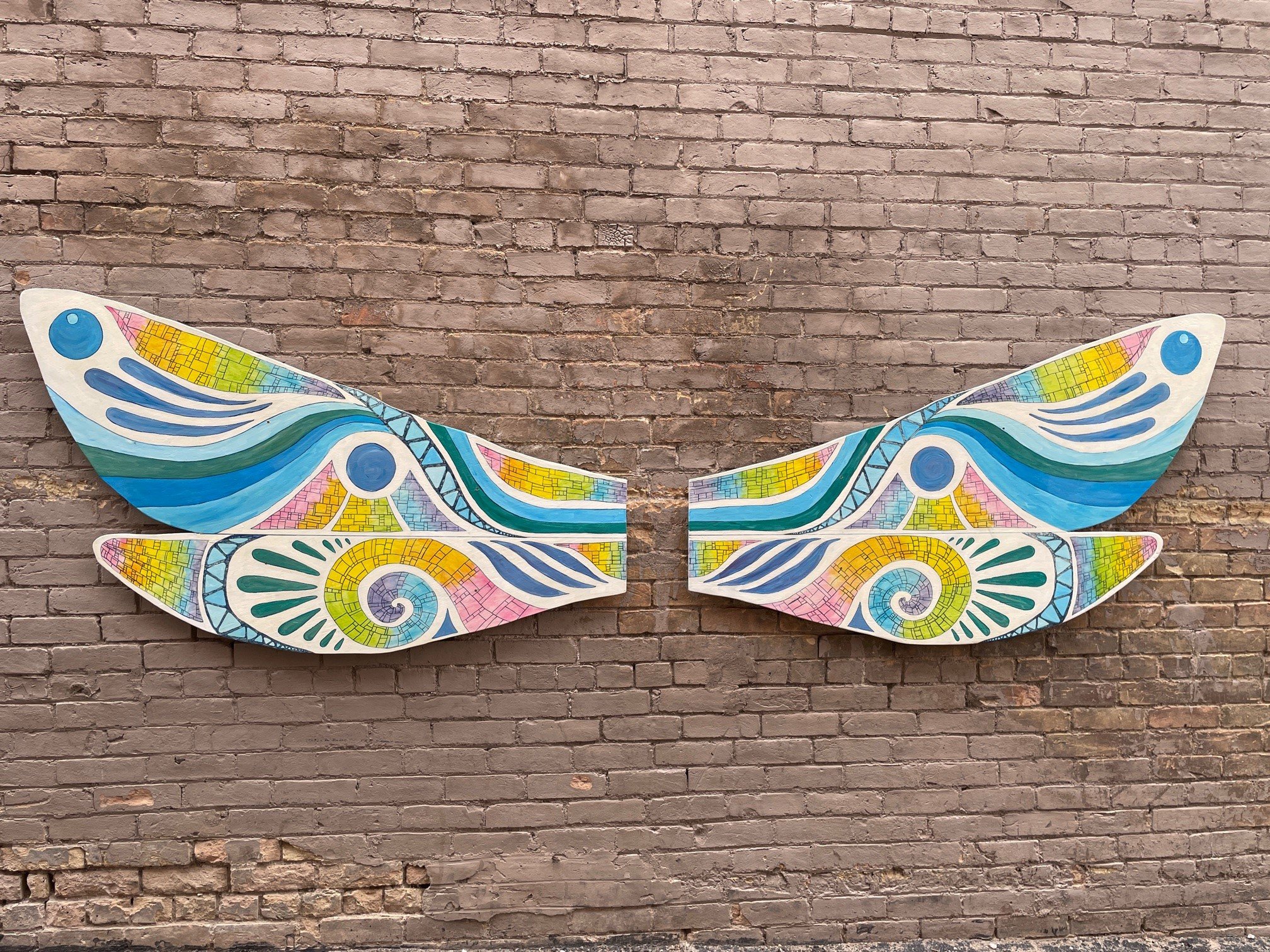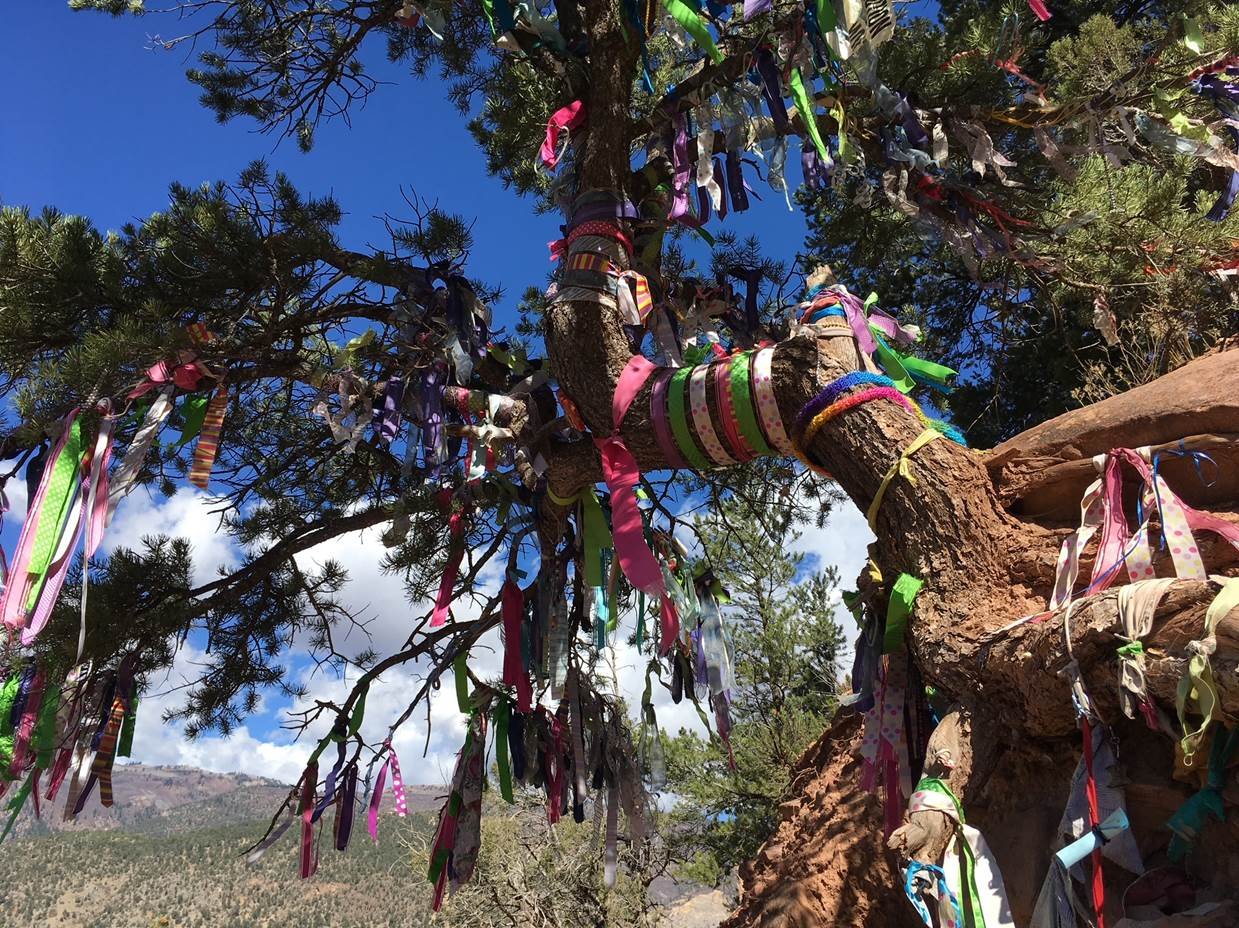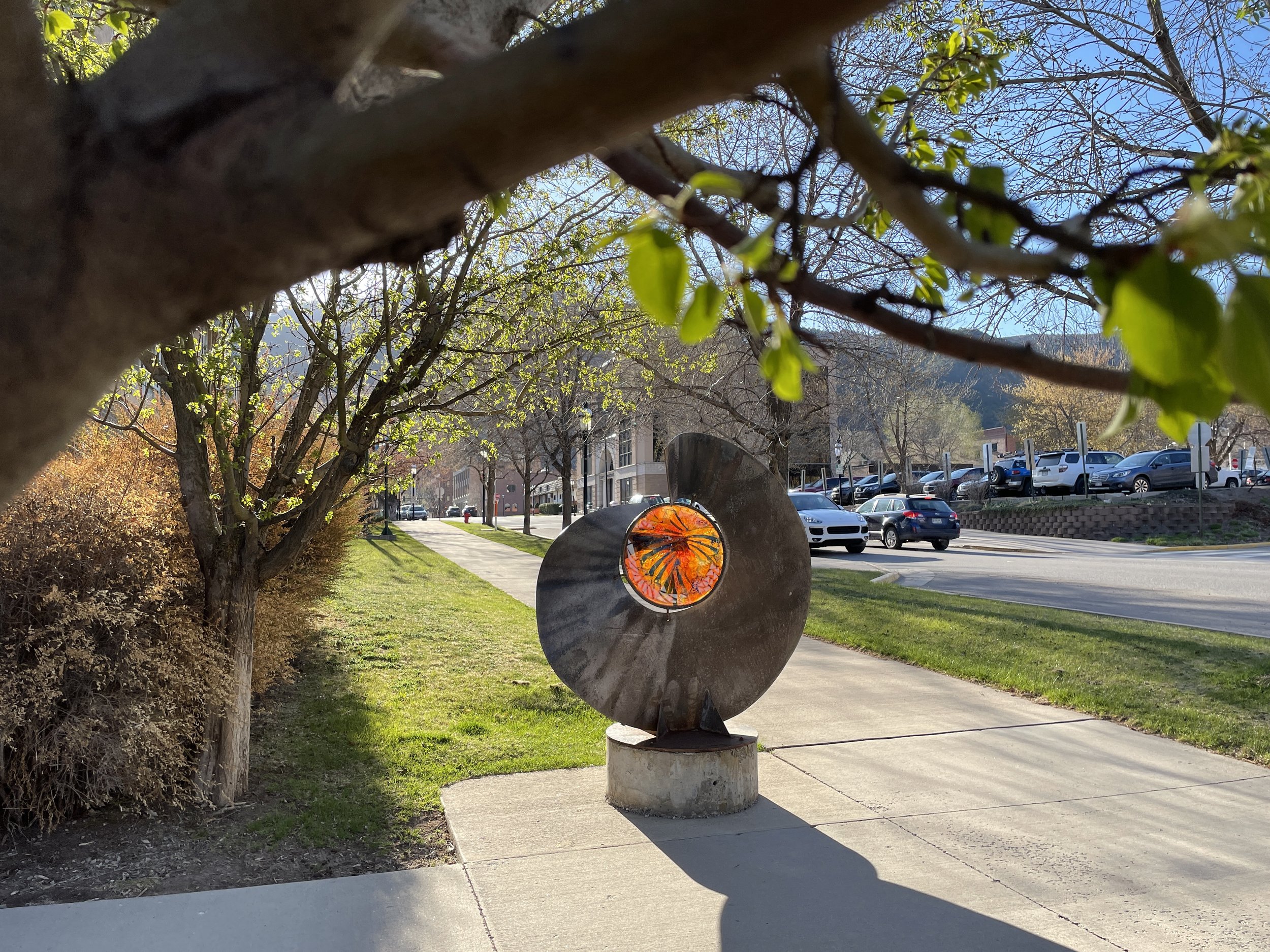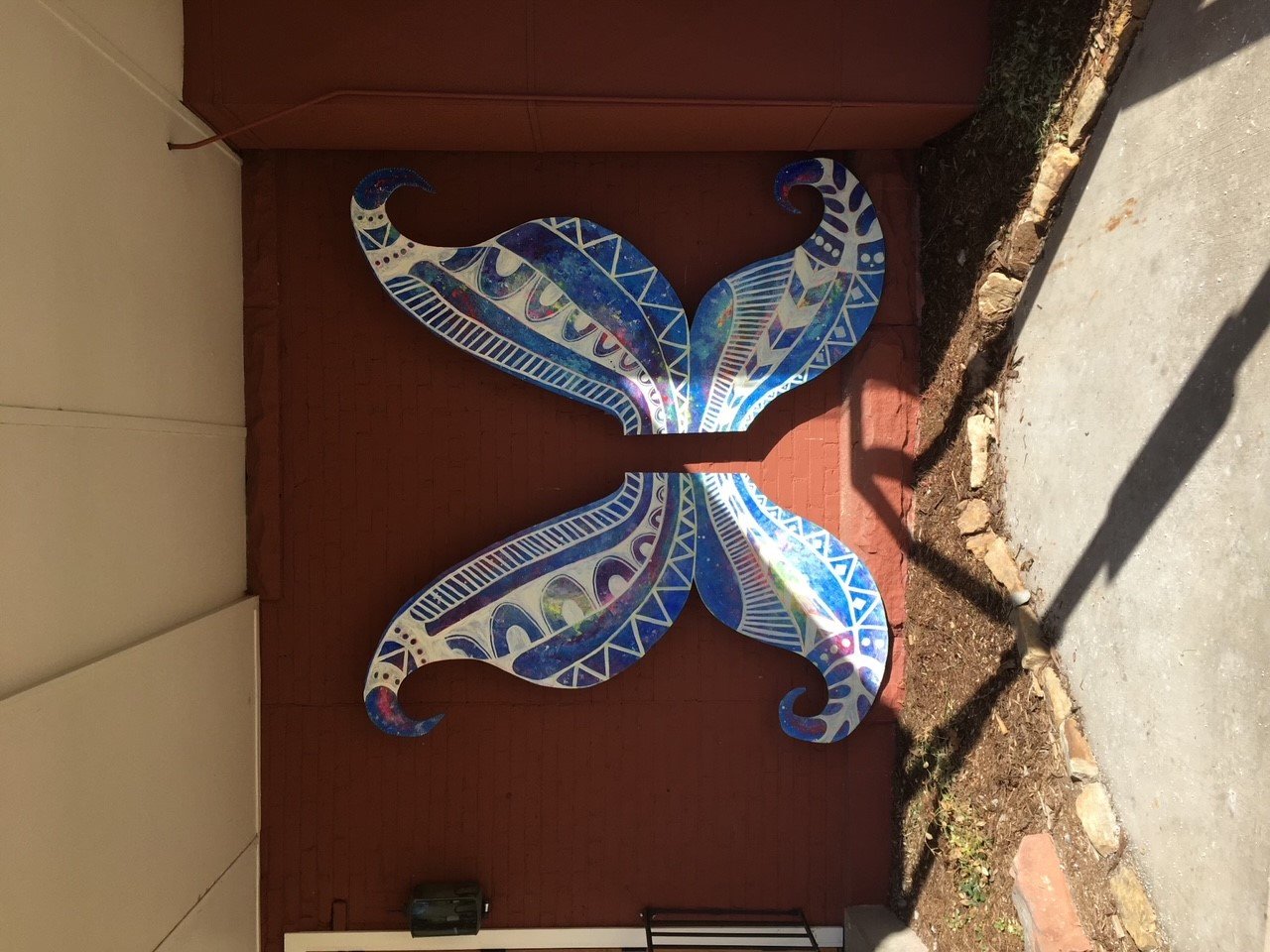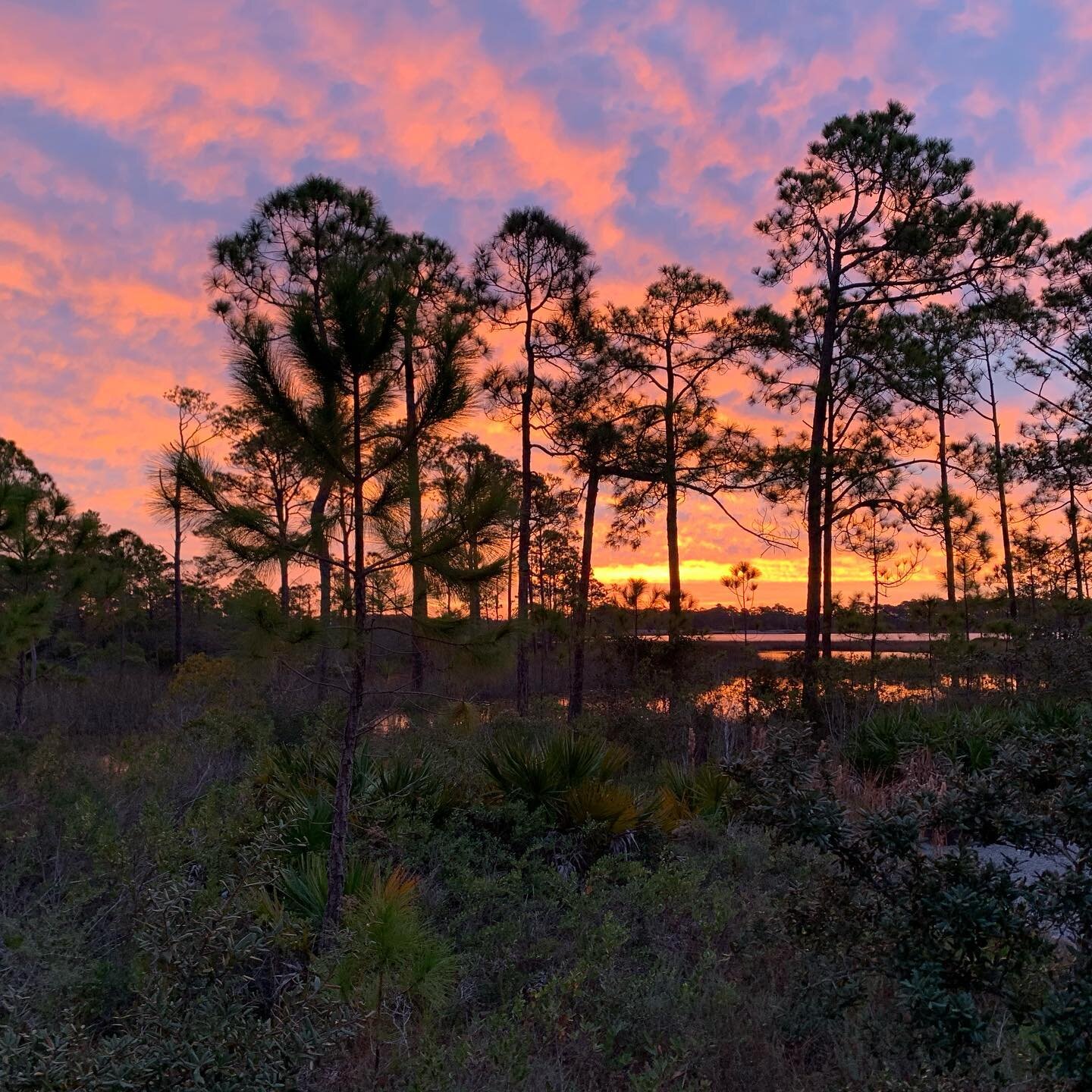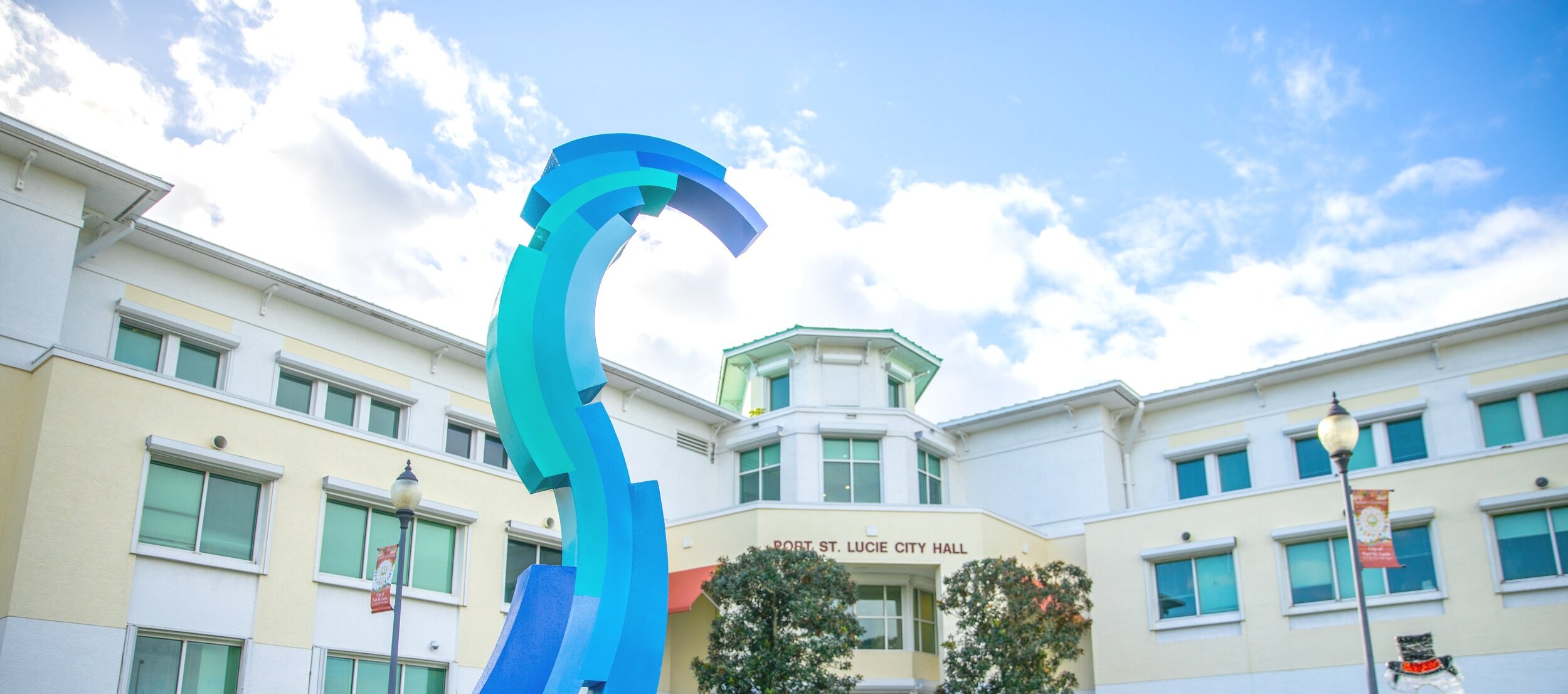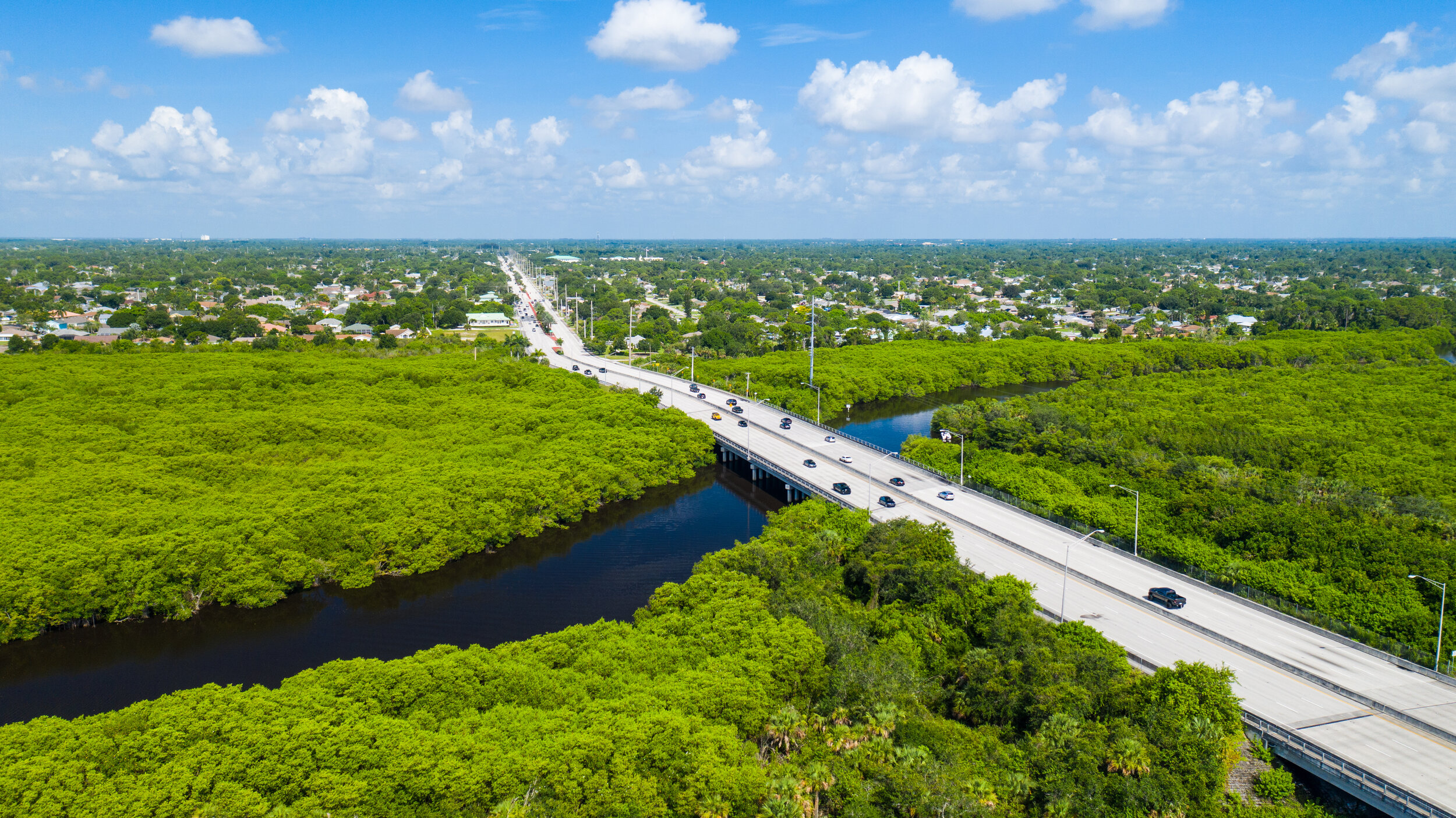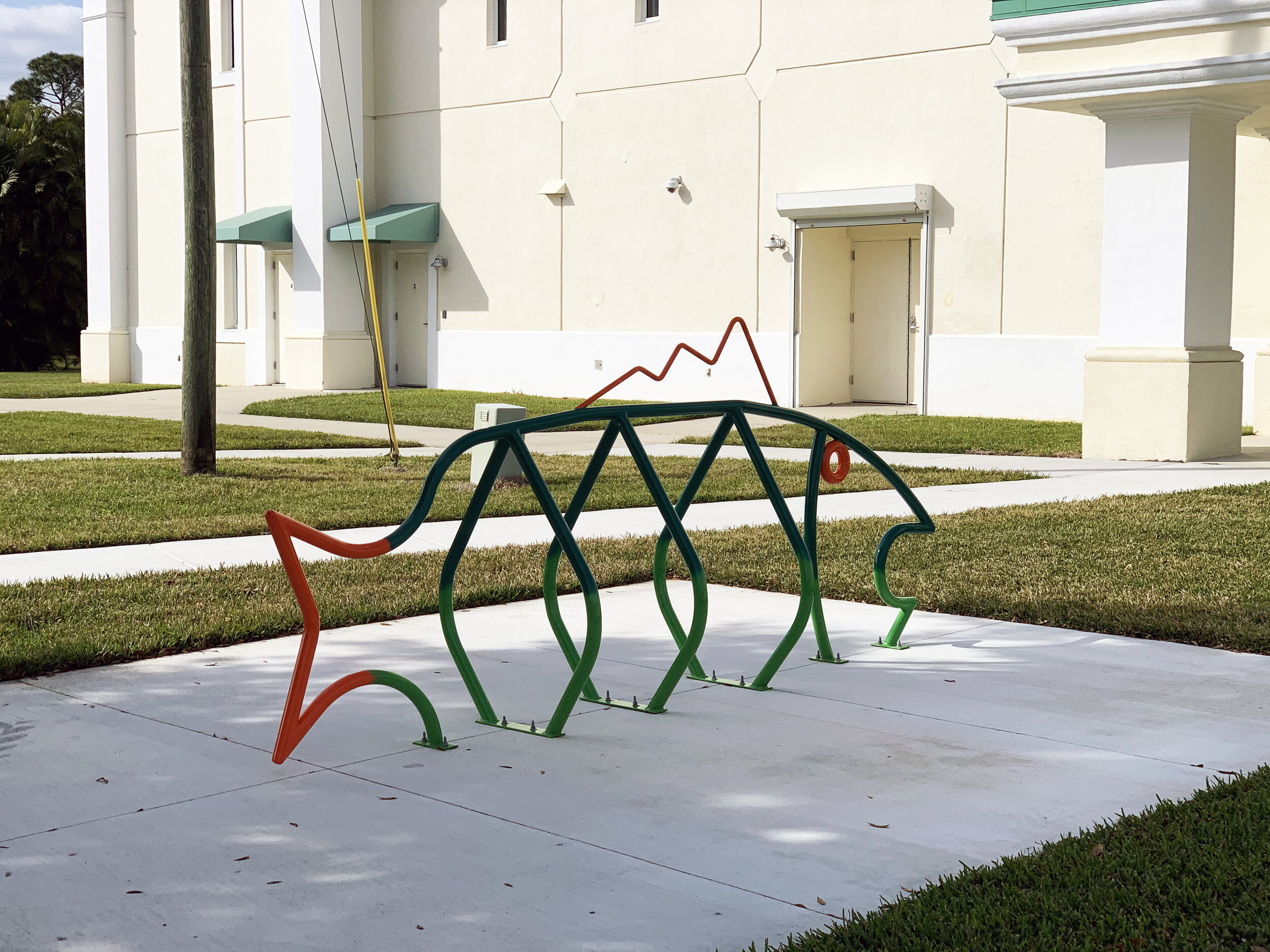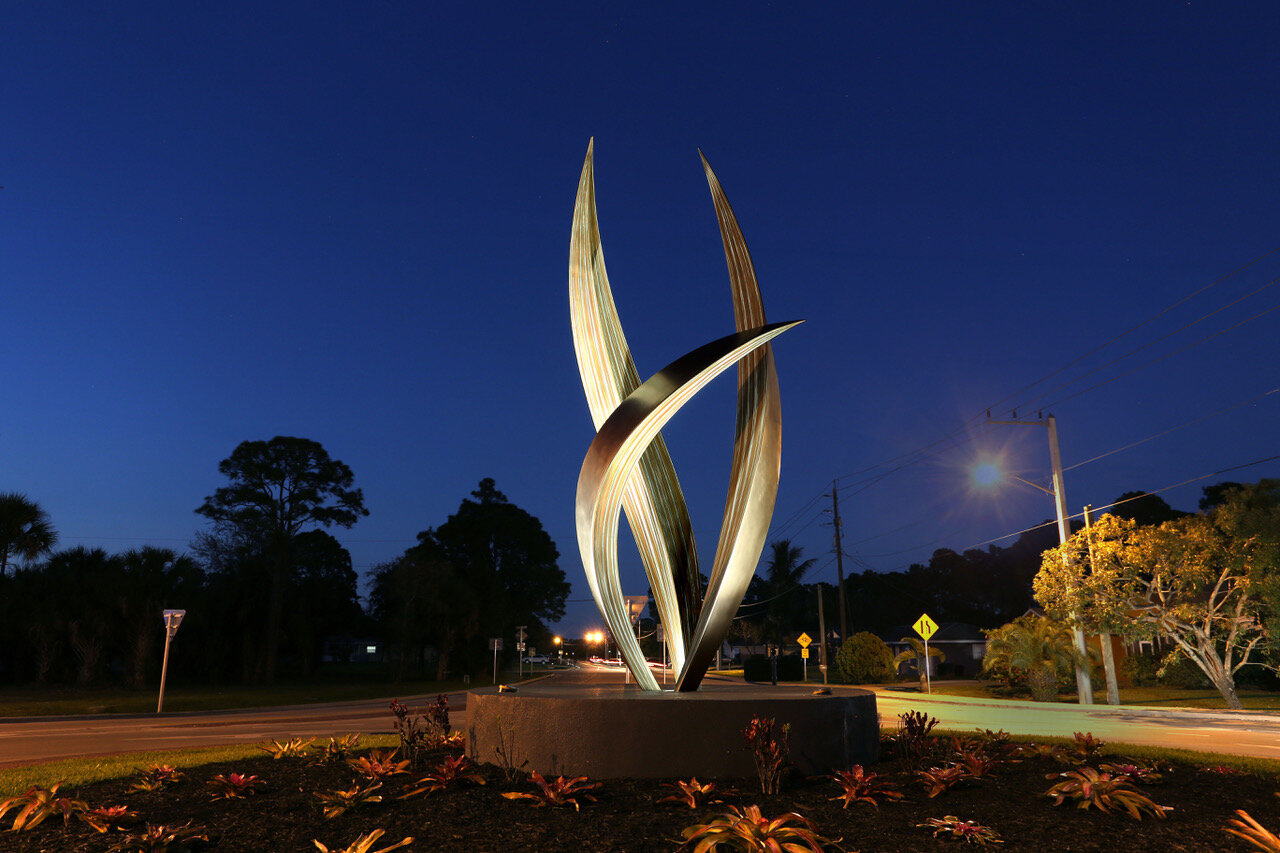Vacaville Arts & Culture Master Plan
Vacaville, California
WHY
The Vacaville Arts & Culture Master Plan was developed through a comprehensive and highly collaborative process led by Designing Local, structured around four key phases: Discovery, Community Engagement, Synthesis, and Plan creation.
HOW
The success of the plan was the extensive outreach that was completed, which actively involved residents, local creatives, and arts organizations from every corner of the city. A major component of this phase was the “Weaving Our Future” art project, featuring workshops held in each of Vacaville’s districts, where community members shared their aspirations for public art and cultural engagement through words, drawings, and shapes. This hands-on, community-driven approach was critical to building consensus and ensuring the final plan reflected the diverse voices and visions of Vacaville’s population.
WHAT
The final Plan provides a focused, five-year strategic roadmap for the City’s commitment to arts and culture, establishing foundational policies, a clear vision for cultural growth, and a streamlined approach to public art integration. Key tangible outcomes include the comprehensive Arts and Culture Master Plan document, accompanied by a Draft Public Art Program Policy and a Draft Arts Advisory Committee Policy. Together, these deliverables define the infrastructure for the City to enhance quality of life, strengthen local economic development, and cultivate a truly culturally rich and attractive community for both residents and visitors alike.
Toledo Old West End Historic District Design Guidelines
Toledo, Ohio
WHY
These guidelines were developed to provide a more comprehensive and localized set of standards for the Old West End Historic District (OWE). While still based on the national Secretary of the Interior’s Standards for Rehabilitation, they incorporate specific guidance relevant to the unique characteristics of the OWE.
HOW
The process involved several steps: a kick-off tour and photography of the district for information gathering; bi-weekly coordination with City of Toledo staff and the Historic District Commission; conducting one-on-one discussions with diverse community stakeholders, including property owners, residents, the Lucas County Land Bank, and commission members, to understand existing regulations and preservation issues; and holding a public open house to allow residents to review the draft guidelines and provide feedback, which was then incorporated.
WHAT
Ultimately, this comprehensive assessment empowers the community to make informed decisions about the future preservation and revitalization of this treasured historic district.
Amherst Historic District Design Guidelines
Amherst, New Hampshire
WHY
These guidelines were created to provide clear direction for exterior work on historic buildings within the Amherst Village Historic District. The primary goal was to transition the existing, mostly textual guidelines into a visual document as well as to ensure that the guidelines were more easily digestible for everyday homeowners.
HOW
This project was a collaborative effort, supported by the Town of Amherst and the Amherst Village Historic District Commission, with partial funding from a Certified Local Government (CLG) grant.
WHAT
The final result was a comprehensive, practical resource that uses easy-to-read graphics and illustrations to describe historical context, prominent architectural styles, and specific instructions for various building elements. This ensures all new work is sensitive to the village's historic fabric, preserving its unique character and appearance.
Somerset Historic District Building Assessment
Somerset, Ohio
WHY
As a cornerstone of the community, Somerset’s historic district holds immense cultural and aesthetic value. The assessment report offers a captivating journey through time, revealing the stories embedded within its structures and will be a crucial step to preserve the unique character and rich history of Somerset.
HOW
By meticulously documenting the district’s buildings, the Designing Local team worked to develop a comprehensive review of the architectural gems nestled within this 170-acre area. From identifying significant architectural features to assessing the condition of each building, the report provides a detailed snapshot of the district’s current state. By uncovering the historical context of these structures, the report contributes to a deeper understanding and appreciation of Somerset’s past.
WHAT
Ultimately, this comprehensive assessment empowers the community to make informed decisions about the future preservation and revitalization of this treasured historic district.
Danville Arts & Culture Plan
Danville, Virginia
WHY
To build upon the creative energies in the City of Danville a 10-year strategic arts and culture plan to formalize and operationalize the people and organizations already doing arts and culture work in Danville. The plan includes a well-defined vision, analysis, and brand for publicly supported art of all kinds within the City of Danville. The plan is intentional in weaving more opportunities for residents and visitors to enjoy the arts and Danville’s culture.
HOW
35 leaders in the sector were interviewed about their vision for the Cultural Arts Program. Stakeholders included arts organization leadership, elected officials, city department heads, and local arts business owners. Focus groups were also held with arts leaders from various organizations. Members of the public were engaged in a number of activities, including sharing their ideas for arts and culture and considering public art types and locations. The public was also given the opportunity to contribute directly to a survey, which received 181 responses.
Strategies were defined to target the needs and desires of specific community profiles to provide city leadership with a roadmap for implementation that serves all creators, consumers, and advocates of arts and culture.
WHAT
While participants shared the overall quality of arts and culture in Danville was average, there was a hunger for more—specifically, live music and theater and community arts events and festivals and iconic public art. Through the implementation of the arts and cultural experiences outlined in the plan, Danville will have a roadmap for how to capitalize on their growing tourism market drawing visitors and artists from the region while supporting creatives and cultural organizers at the local level.
Woodstock Public Art Program
Woodstock, Georgia
WHY
In Woodstock, Public Art has the opportunity to capture public sentiments and community themes by bringing them into more compelling forms through artistic expression. Over the past decade, Woodstock has made tremendous progress in developing a city-wide collection of public art. Recognized widely for its downtown and distinctive approach to planning and development, By formalizing a city-run public art program, Woodstock will be able to recommit to its concentration on arts and culture as a method for furthering economic development as outlined in the 2018 Economic Development Plan adopted by City Council.
HOW
Through Public art, Woodstock can honor city history, values, and identity in a way that enhances and creates vibrancy for its residents and visitors. Public art in Woodstock has the potential to transform the everyday city fabric into well-loved and cherished public and private spaces. The Woodstock Public Art Program envisions a vibrant and enriching public art landscape that reflects the city’s unique heritage, values, and aspirations. Through a collaborative process that empowers artists, engages residents, and celebrates diverse perspectives.
WHAT
This Public Art Program is a fulfillment of the vision to establish a public art program as part of the 2018 plan. The Public Art Program will also serve to strengthen the relationship between the City and organizations such as Visit Woodstock GA and Woodstock Arts, both unique drivers and deliverers of the high quality of life in Woodstock. Finally, the public art program was developed to assist the City of Woodstock in understanding and navigating a growing arts space and visual identity, providing guidance on administration, policy, and procedures, and ultimately a suite of ideas that will catapult the city into the next phase of its public art journey.
Queen Creek Arts & Placemaking Plan
Queen Creek, Arizona
WHY
Queen Creek, located in the southeastern region of Arizona, has a rich and vibrant history that stretches back to its earliest inhabitants, the Hohokam people. The Downtown Queen Creek Art and Placemaking Plan aims to give the Town of Queen Creek the tools to transform the built environment of the Downtown area using public art and placemaking. Queen Creek is well known for its agricultural legacy that continues to the present day. Art and placemaking will continue to connect and celebrate that legacy, cementing the identity of the community in the eyes of residents and visitors.
HOW
Our vision is for public art and placemaking to transform Downtown Queen Creek into an interactive, unique, and vibrant community center. Art and placemaking features encourage residents and visitors to get out and explore the community on two feet or two wheels. These features create destinations and interest in the built environment. Queen Creek is well known for its agricultural legacy that continues to the present day. Art and placemaking could continue to connect and celebrate that legacy, cementing the identity of the community in the eyes of residents and visitors.
WHAT
The Arts and Placemaking Plan creates a vision for transforming Downtown Queen Creek into an interactive, unique, and vibrant community center. As many venues are outside of the Downtown Core, specific focus was on recommendations that contribute to Queen Creek's agritainment identity. Connect to and display our natural environment. As a community with a rich history but also a dynamic future, art and placemaking elements can build upon and deepen the story of Queen Creek for residents and visitors.
Richmond International Airport Public Art Plan
Richmond, Virginia
WHY
The Art in the Airport program at Richmond International Airport (RIC) strives to complement and promote the dynamic regional culture of the State of Virginia, with an emphasis on the Richmond Metropolitan area, while reinforcing the image of RIC as an inclusive and welcoming gateway to the world. The three main objectives are to enhance the air travel experience of RIC visitors by creating an ambiance in the airport that reflects the sophistication and cultural diversity of the region and supports local artists and institutions by creating and managing rotating exhibitions, fine and performing art series that are customized for RIC.
HOW
Designing Local was selected to bring our unique set of skills, professional experience, and insight in the development of the Art in the Airport program at RIC. Engaging the community, art and artists, and our proven ability to develop a multi-cultural art program has been critical in the development and coordination of this arts program. Designing Local facilitated a series of highly interactive and inclusive public workshops and stakeholder meetings that yielded essential insights to craft a narrative about RIC and articulate the culture and values of the community.
WHAT
The final plan includes a fully developed arts program, including master planning, commission management, and art curation. Potential locations for art placement were identified, while taking into consideration the existing airport design, maintenance, RIC Master Plan, and the Capital Improvement Plan. Designing Local is also curating RIC's first public art piece to be installed in Fall of 2024.
Frankfort Special Capital Zoning District Design Guidelines
Frankfort, Kentucky
WHY
The Special Capital District is one of the three City of Frankfort historic districts, mostly focused on residential properties. The District exists to help preserve historic buildings in the neighborhood to ensure that the history of Frankfort lives on well into the future. Establishing Downtown Historic District Design Guidelines will encourage the renovation, rehabilitation and preservation of older neighborhoods in Frankfort that have special or unique features or important associations with the City’s historical development.
HOW
The team evaluated the existing historic buildings in the district and examined the needs and desires of residents and property owners through engagement sessions and public design workshops. Topics addressed included the renovation of historic properties, including construction materials, as well as the design of newly constructed buildings.
WHAT
The new design guidelines for the Special Capital District create cohesive guidelines with the other two historic districts in Frankfort and solidify continued preservation and investment in the community’s historic resources.
Sandusky Preservation Design Guidelines
Sandusky, Ohio
WHY
The City of Sandusky is experiencing a boom in downtown redevelopment, especially with updates to historic buildings. Preserving the historic structures, while allowing them to take on new life, will provide direction for historic preservation in Sandusky which is an economic catalyst for the community and enhances its identity.
HOW
The project team facilitated one-on-one discussions with various community stakeholders including historic preservation enthusiasts; building owners, architects and residents who had been through the design review process; city staff, members of Landmarks Commission and related commissions, and leadership. These conversations formed the basis of the project team’s understanding of the status of the existing guidelines as well as general preservation and development issues throughout Sandusky.
WHAT
The Design Guidelines includes a substantial revision to the format and organization of the 2007 guidelines document. This includes diagrammatic graphics, a visual history of the City, and a reorganization of various items.
Corning Public Art Strategy
Corning, New York
WHY
The City of Corning in the beautiful hills of Southern New York is one of the world’s leading innovators in materials science with a renowned arts scene. Developing a long-range public art strategy will help the community to cultivate and expand public art to enhance and propel the City of Corning as a city of and for the arts. The new Public Art Strategy plan in Corning will offer continued economic growth by establishing public art that is welcoming for all, culturally rich, tells the story of the City’s history, and can be practically applied and implemented over the next five years.
HOW
A highly collaborative public process was at the heart of the Corning Public Art Strategy. In order to ensure that the strategy was built upon a solid foundation of community support the planning team engaged with community members and key stakeholders through a variety of mediums. What emerged was a vision for how public art can enhance and reflect the character of Corning. From the structure of the program to the funding and implementation, project partnerships and community consensus was key to make sure the public art strategy would be successful creating vitality and interest in public spaces.
WHAT
The Public Art Strategy is currently in the final stages of production and will be ready to implement in early 2024. The plan takes into account a broader vision for Corning, that takes advantages of opportunities for linkages to the larger region and establish social, environmental, and financial sustainable policies and best practices. With a history of strong Public-Private partnerships and as an incubator for arts and sciences, the Public Art Strategy builds on past successes and creates new opportunities for art and science to intersect in engaging public space and public life in Corning.
Buckeye Hills Regional Council Downtown Workshops
Buckeye Hills Region, Ohio
WHY
Following on the announcement of a historic $500 million investment in Appalachian Ohio by Governor DeWine's administration, Buckeye Hills Regional Council partnered with Designing Local to host a series of eight workshops aimed at helping communities reimagine their downtowns.
Buckeye Hills Regional Council and Designing Local are excited to help communities translate their vision into a unique, interesting, and powerful built environment through these workshop sessions.
HOW
The series was free and open to all Southeast Ohio community leaders, elected officials, nonprofits, and anyone working to make their community a better place to live, work and play. Each workshop covered the topics of Outdoor Recreation, Historic Preservation, Public Art, Streetscapes, Pedestrian Infrastructure, and more. Designing Local helped guide communities through the best practices of developing both small- and large-scale revitalization projects.
WHAT
Following the completion of the workshops Designing Local created a workbook intended to assist folks within the Buckeye Hills region to develop projects.
Ohio & Erie Canal Southern Descent NRHP Nomination
Various Sites Throughout Central And Southern Ohio
WHY
The Ohio & Erie Canal was originally constructed in the 1820’s and 1830’s and conveyed goods from Portsmouth to Cleveland. The canal system played a critical role in the early development of Ohio and established the growth of Akron, Columbus, Chillicothe, Newark, and numerous other cities along the route. The canal system was the key transportation system up until the proliferation of railroads in the 1860’s.
Although parts of the canal are on the national register, much of the southern portion is not. This nomination covers many of the lock structures and other remaining infrastructure that remain on the southern descent between Columbus and Portsmouth.
HOW
The nomination team aggregated a list of potential infrastructure to be placed on the register and contacted private property owners or municipalities to seek support. The final list includes existing lock structures, watered canals, bridge abutments, and other elements that are located in 4 counties throughout Central and Southern Ohio.
Identifying the location for each of the elements included field visits and the use of high resolution aerial photography. A boundary was created for each element which will serve as the official historic site on the National Register of Historic Places.
WHAT
Given its geographic reach and broad collection of relatively small sites, this nomination was technically challenging. However, it serves as a model for other non-contiguous district nominations that preserve transportation, infrastructure, or other geographically complex historic sites.
Ohio & Erie Canal Southern Descent Heritage Trail
Various Sites Throughout Central And Southern Ohio
WHY
The Canal Partners is a coalition of communities in Southern Ohio along the alignment of the Southern Descent of the Ohio & Erie Canal. These communities have existing and lost features of the canal, as well as numerous related historical elements.
The goal of the Canal Partners is to create a heritage trail that will attract tourists throughout the corridor and to communicate the history of the canal system to a broad audience.
HOW
This grant-funded project included several team members including the project leaders, a graphic design consultant, the partner communities, and Designing Local.
The first phase process included engagement of the Canal Partners through workshops and a survey. This phase also included mapping of the resources and other sites along the trail. Once this was completed, a highly visual plan booklet of the sites was created which included descriptions of the various elements as well as a prototype trailhead design. Part of the project study will included bike and pedestrian trail connections to the canal right-of-way.
WHAT
The end product is being used by the partner communities in their planning and capital improvement projects for the next several years. The mapping will be used by tourists to experience the canal features. The project was completed in summer 2021.
Sullivant Bright Public Art & Parklet Project
Columbus, Ohio
WHY
Sullivant Avenue is a place of authentic creativity, featuring a prominent mural and numerous custom signs. The Sullivant Bright Public Art Project is part of a larger $10 million rehabilitation project (2% of which is devoted to public art) that began in May 2020. It used public art to elevate the corridor and creatively showcase where future infrastructure improvements would be installed.
HOW
As project engineers evaluated a 1.9-mile corridor along Sullivant Avenue for necessary pedestrian upgrades, Designing Local considered public art and placemaking opportunities along the corridor, particularly where public art or a placemaking intervention could support a safer pedestrian environment. Twenty-one artists were tapped to create temporary public art installations that wowed the neighborhood with their bold, colorful designs.
WHAT
This project demonstrates the firm’s abilities to provide strategic direction for placemaking and land use issues as well as the firm’s capabilities to both develop and communicate creative concepts which contribute to community safety and sense of place.
Sidewalk bump-outs and pedestrian refuge islands were constructed to shorten the distance to cross the street, make pedestrians more visible, and help to slow driver speeds. Data collected after implementation shows that crashes decreased by approximately 50%, and extreme speeding (50+ mph) was reduced by as much as 92%.
SULLIVANT BRIGHT ARTISTS
April Sunami, Bryant Anthony, Dillon Beck, Francesca Miller, Grace Grudowski, Jen Wrubles, Jeremy Hollan with CRIS artists, Katie Golonka, Mark Barkzak, Nick Stull, Liz Morrison, Robert Williams, Stephanie Rond, Amy Haggard, Sarah Hout, Barbara Fant, Nancy Kangas, Amy Turn Sharp, Geoff Anderson, Tripp Fontane, Lisa Mclymont. Photography by Abby Kamagate. Video Production by Aaron Blevins.
Arts Launch Henderson
Henderson, Nevada
WHY
Henderson is a city with a longstanding upward trajectory and now is a unique moment to continue that forward movement with a large-scale focus on arts and culture. Over the previous decades the City of Henderson along with its partners have undertaken numerous arts and culture efforts. This plan builds off these previous informal efforts and seeks to formalize an arts and culture program in order to take the city to the next level of success in the arts.
HOW
The plan provides a blueprint by which Henderson can stake its claim as the foremost community for arts and culture in Southern Nevada. We begin by establishing a vision for arts and culture in Henderson and detailing the projects, programs, facilities, and partnerships that can be capitalized upon to advance strategic objectives. We then go in depth into the details of how to operationalize and fund ambitious new initiatives through a formal Arts & Culture Henderson program — as well as how this program would function. Finally, we dream big to explore potential projects that could launch Henderson with a detailed action plan.
WHAT
In addition to public engagement this plan is built upon intention. From the beginning the planning team and city staff determined that this plan should not only be visionary but should also be highly actionable. The plan would also need to be highly policy driven and one of the first outcomes of the planning process was the development of the Henderson Public Art Policy. The plan is also built upon the city’s other planning efforts. Throughout the document you will see efforts derived from the Strategic Plan, the Parks and Recreation Master Plan and other planning efforts the city has undertaken.
Peoria Arts & Culture Plan
Peoria, Arizona
WHY
Peoria is a well-established but fast growing city West Valley of the Phoenix Metro Region. The city has long focused on providing public art and cultural amenities for its residents and has had many successes since the adoption of the an Arts Master Plan in 2009. With most of the goals from the 2009 plan achieved and new leadership in place there was key opportunity to re-evaluate the program and determine next steps.
WHAT
The Peoria Arts & Culture Plan focuses on six key priorities that are bolstered by strategies and big ideas connected to the priorities to support transformational change. Extensive research and mapping supported the needs residents expressed in surveys and interviews: access to arts and culture needed increase to areas where it is not easily accessible.
Anderson Township Public Art Master Plan
Anderson Township, Ohio
WHY
Anderson Township leaders decided that public art should play a major role in the future of their community, and worked over the course of nine months to develop a well-funded Public Art Program.
HOW
Designing Local conducted robust public engagement, with a series of stakeholder meetings and focus groups with various community leaders — despite the global pandemic. Focus groups were held in Julifs Park, and an open house was held to gather input and feedback on the Public Art Program’s structure and priorities.
WHAT
The Anderson Township Public Art Master Plan included an implementation strategy detailing funding streams, optimal locations for public art, and a variety of projects and programs to secure early success for the Public Art Program.
Glenwood Springs Public Art Master Plan
Glenwood Springs, Colorado
WHY
The Glenwood Springs City Council and Mayor tasked the Arts and Culture Board with the responsibility to promote awareness, access, and appreciation of the fine, performing, and practical arts among city residents and visitors. The City and the Arts and Culture Board felt that their needs would be best served by the development of a Public Art Master Plan
HOW
Like all of us, Glenwood Springs dealt with the pandemic in 2020; in addition, the city received a devastating blow from the Grizzly Creek Fire. These difficulties forced public engagement online throughout the fall and winter of 2020, but thankfully did not derail the collection of feedback.
WHAT
Though the City of Glenwood Springs had long featured public art, it had never established a formal, city-led program. Using the plan, the City of Glenwood Springs formally established a Public Art Program, governed by sound and transparent policies and procedures that will ensure its continued success.
Port St. Lucie Art in Public Places Master Plan
Port St. Lucie, Florida
WHY
The City of Port St. Lucie is dedicated to creating a more livable, beautiful community and looked to public art as a means to accomplishing this. The city created an Art in Public Places program through A Percent for Art in Private Development funding, and created a Public Art Board to review projects. The next step for the city was to create an Art in Public Places Master Plan to guide program implementation.
HOW
It is hard to believe that our first large-scale public engagement event for the plan was the first city event canceled due to COVID-19 back in March 2020! Designing Local was able to transition to digital engagement and, thanks to the public’s enthusiasm for more public art in Port St. Lucie, got feedback from nearly 1,000 residents.
WHAT
The Art in Public Places Master Plan lays out a vision for the future of public art in Port St. Lucie, which is now on track to develop a world-class public art program. Designing Local has continued to provide art implementation for the last 2 years.
